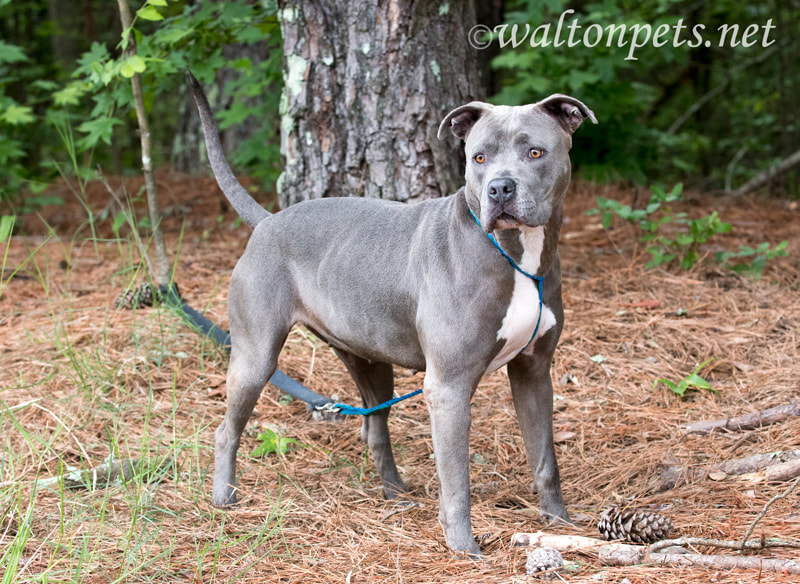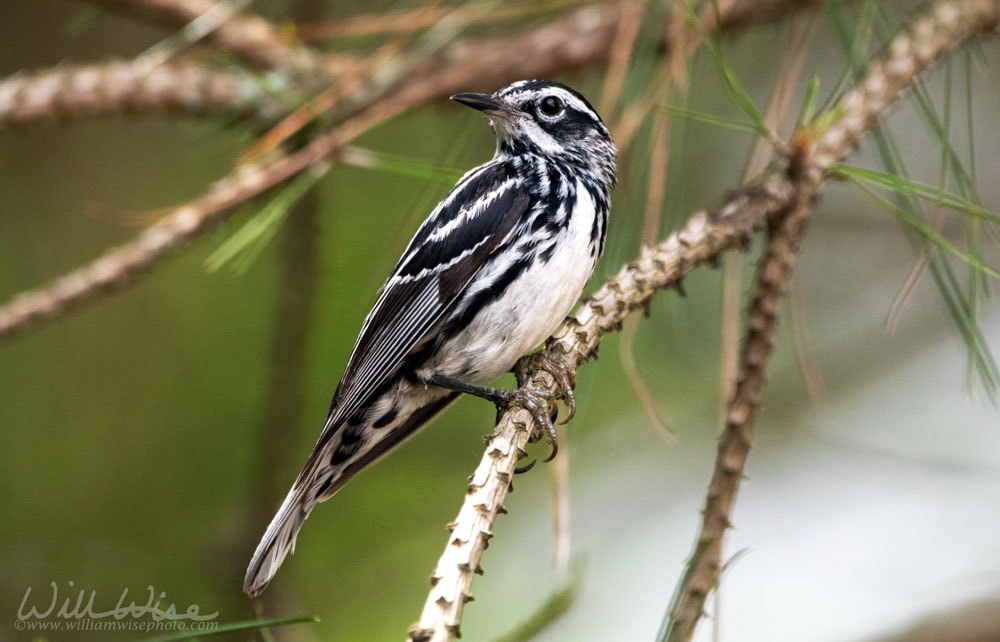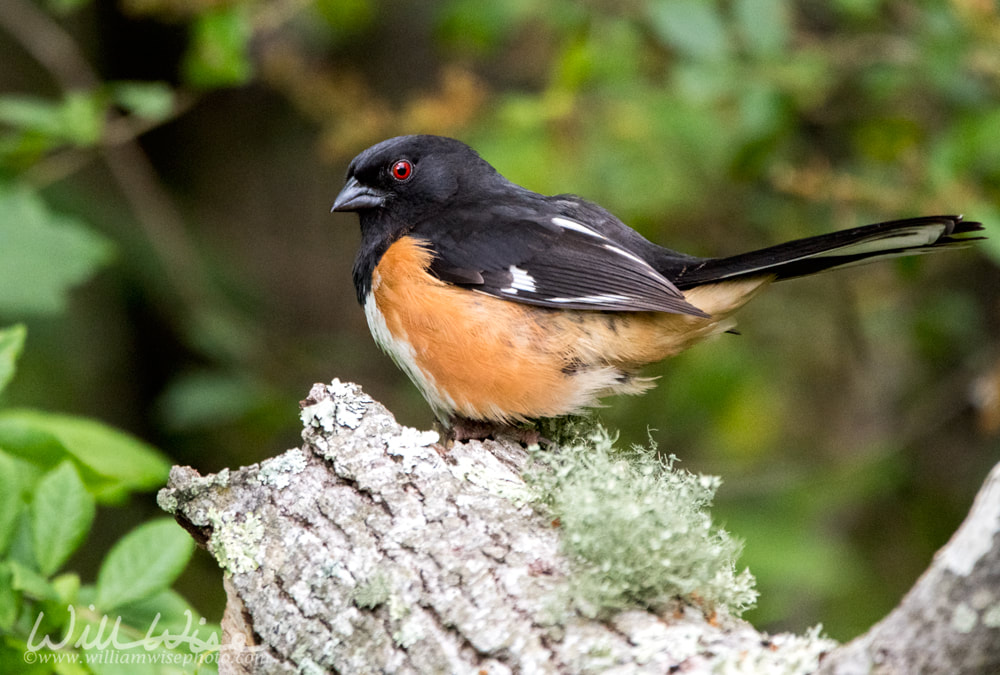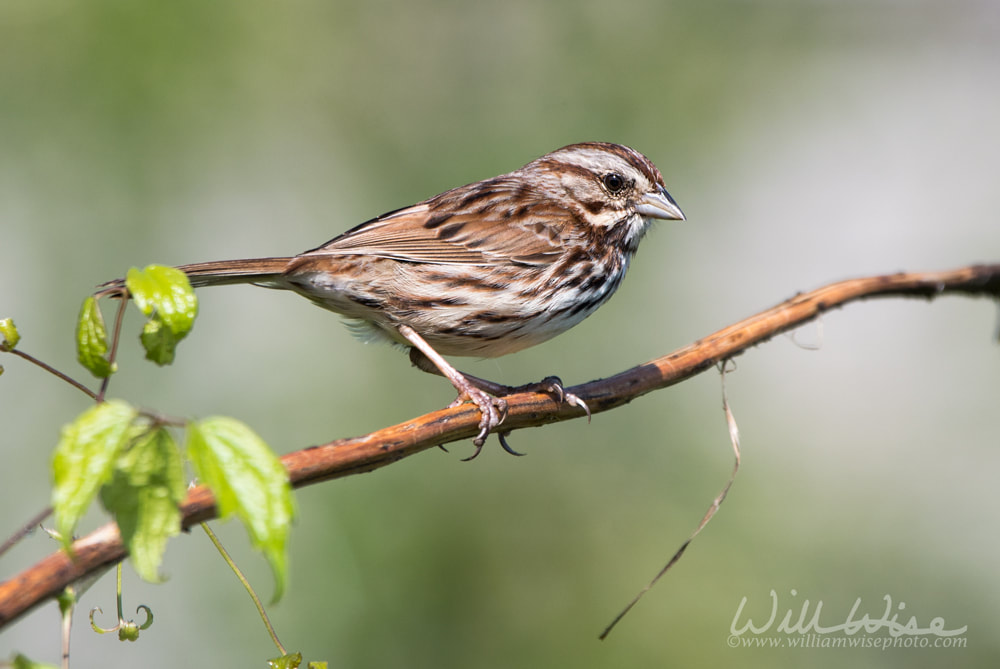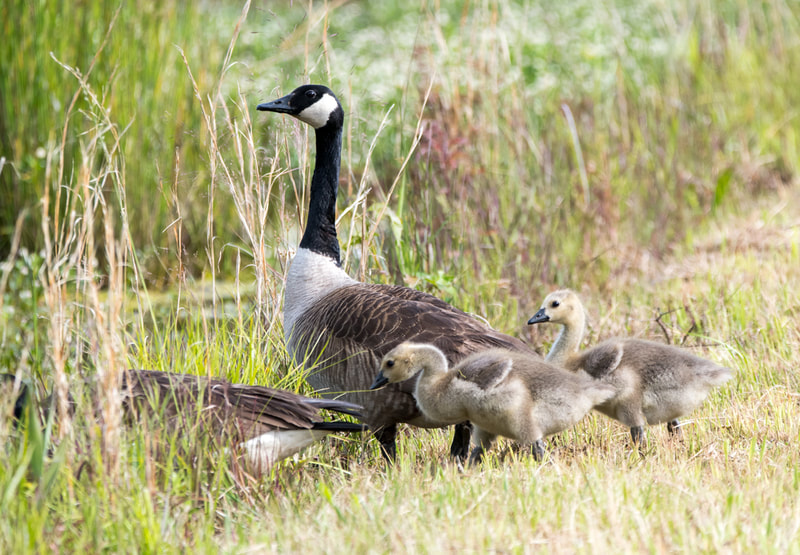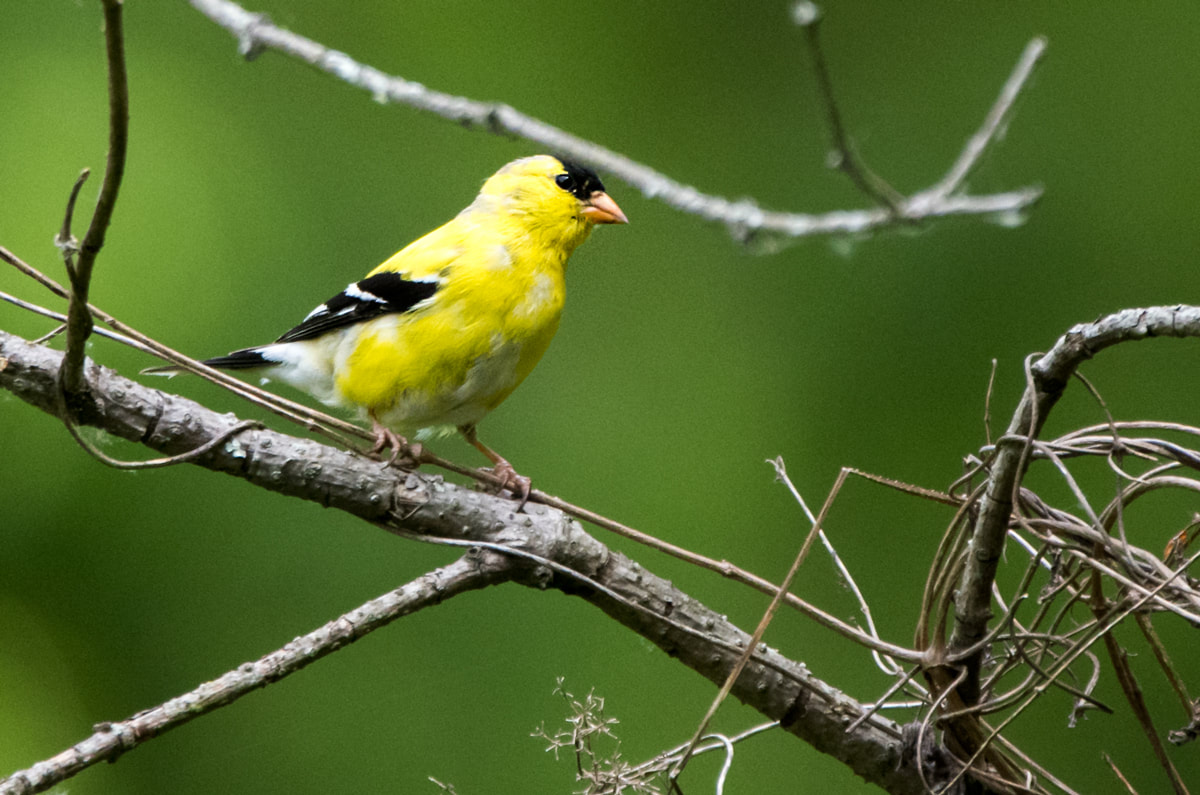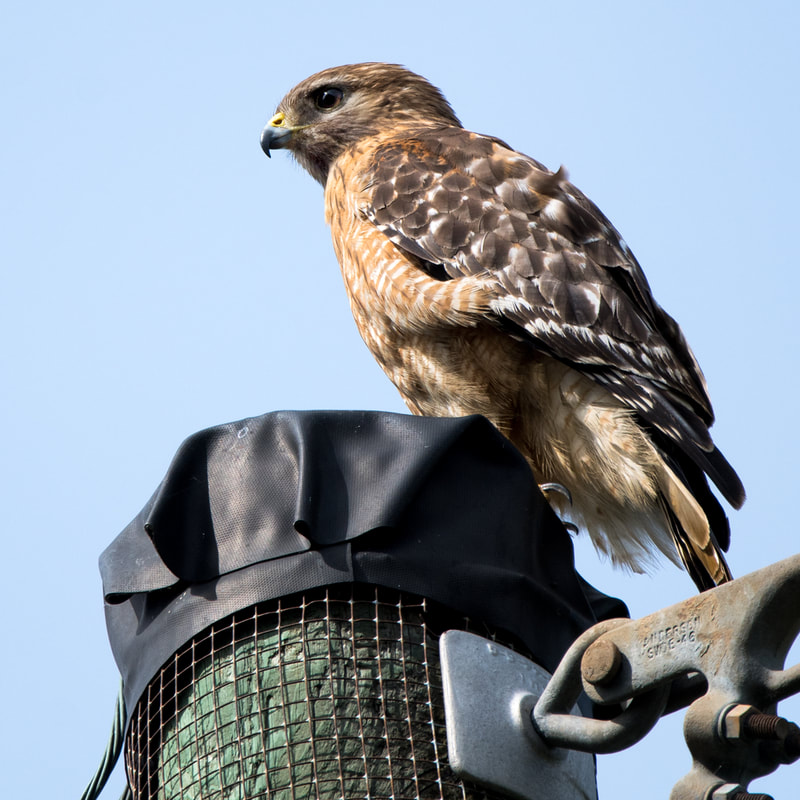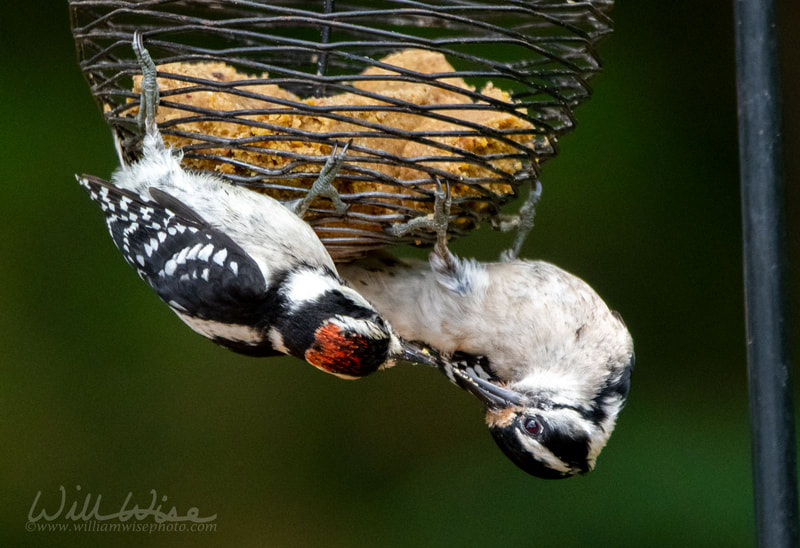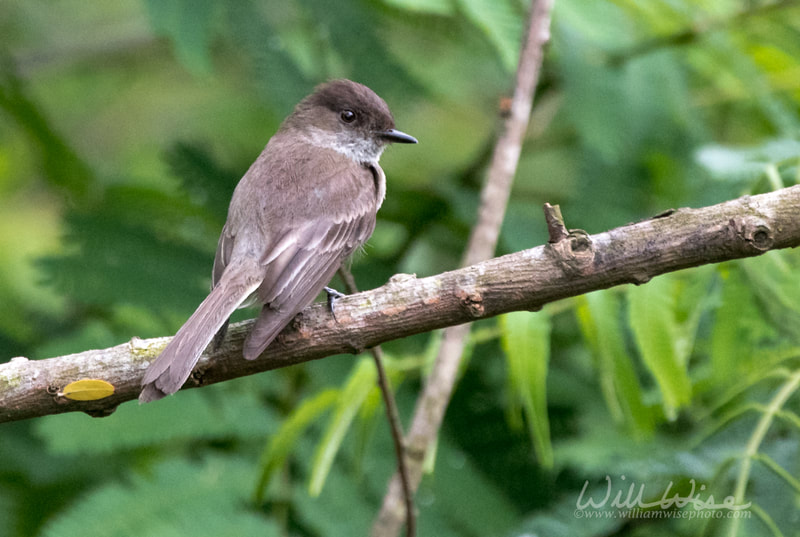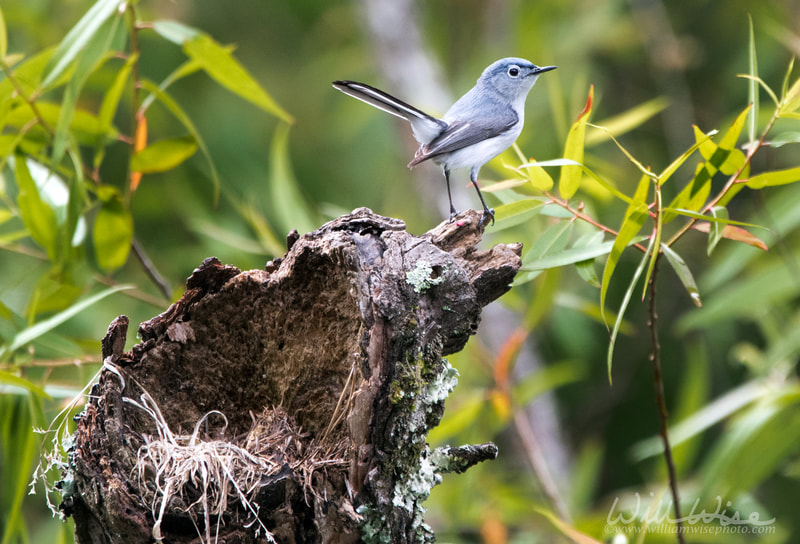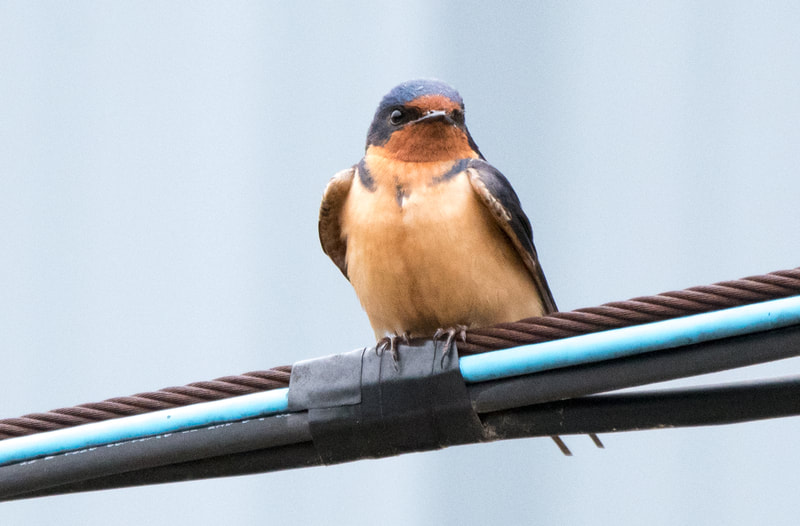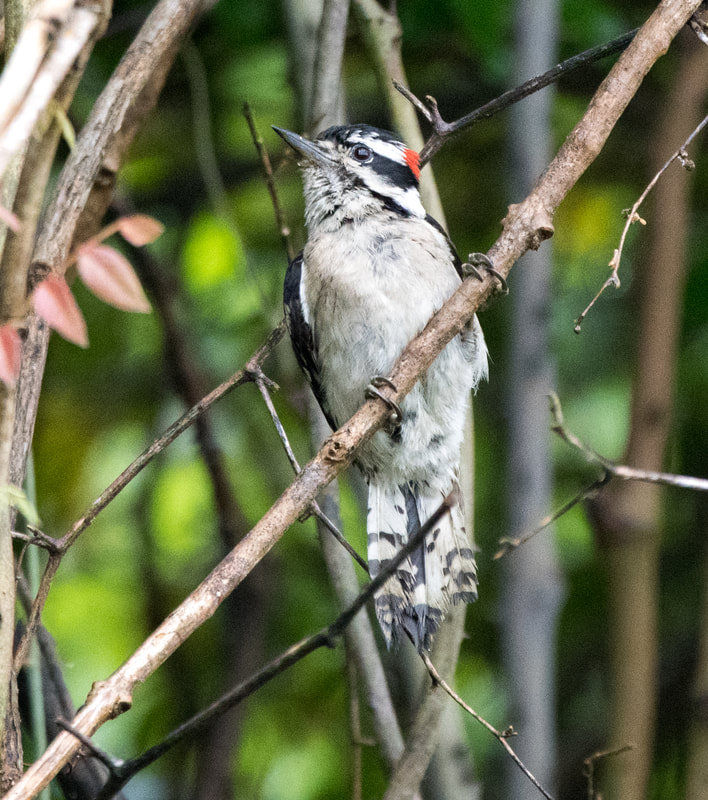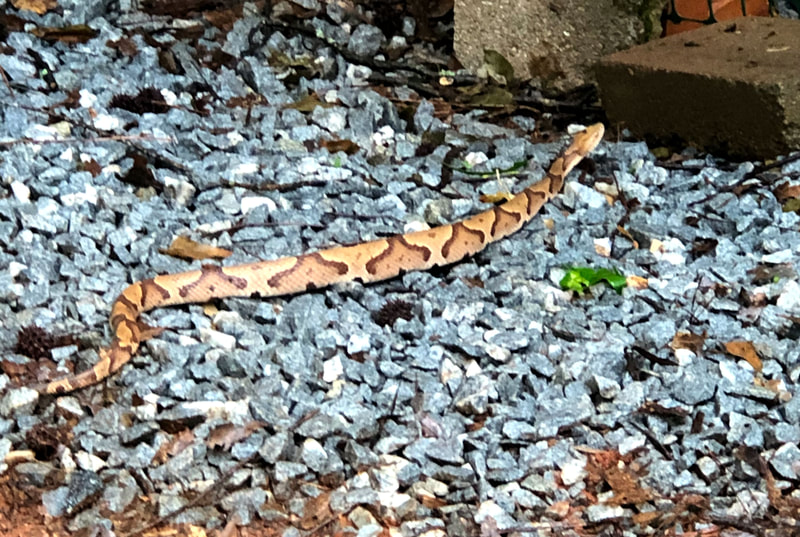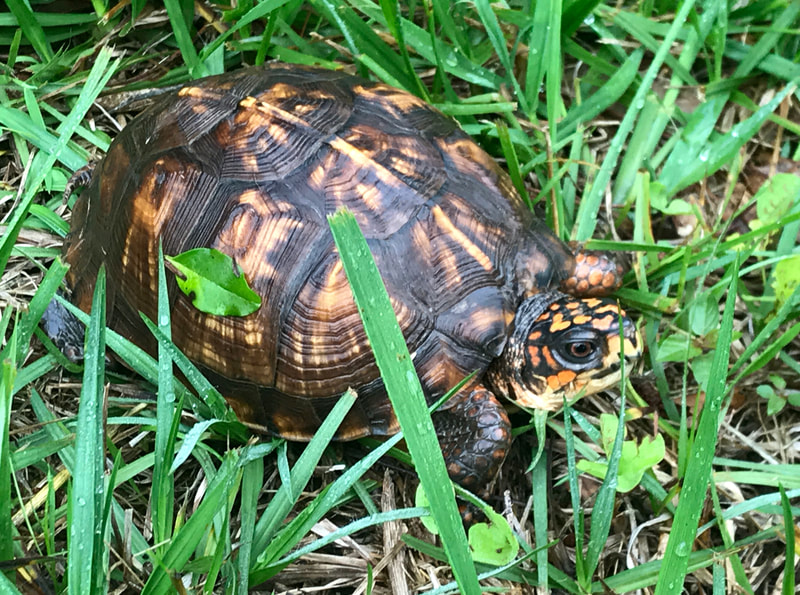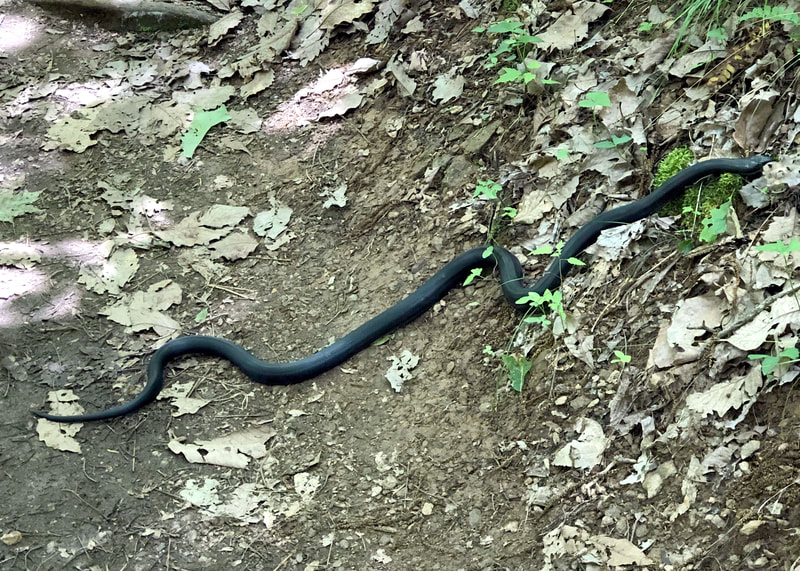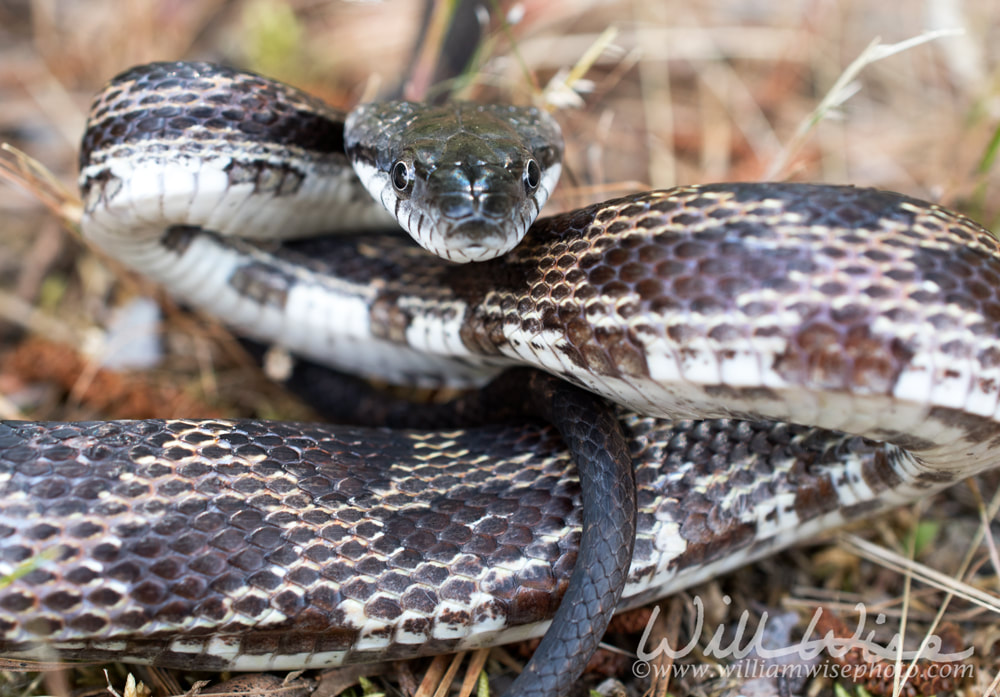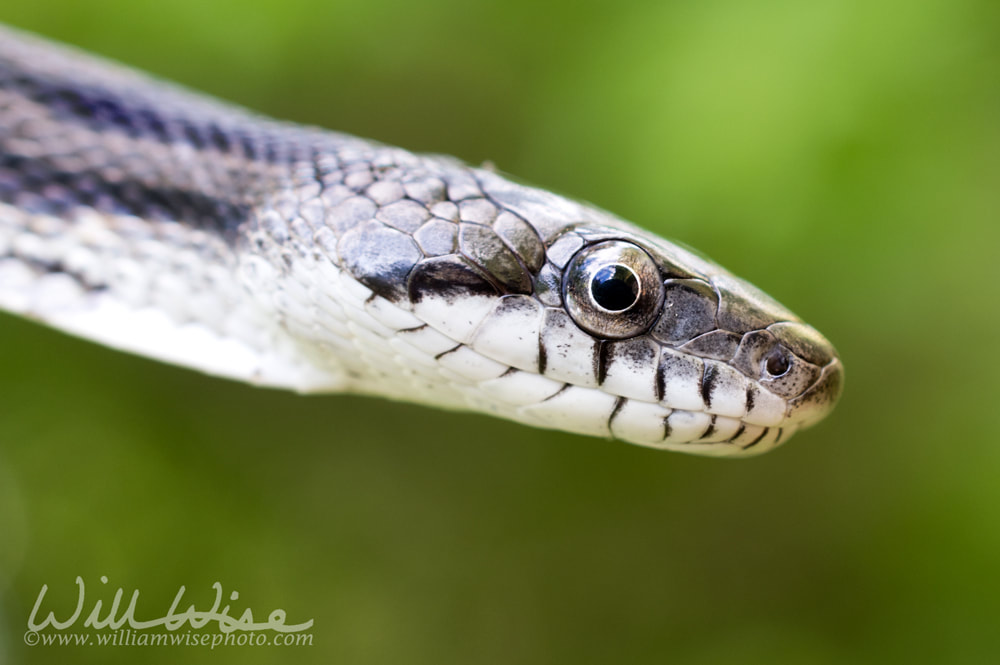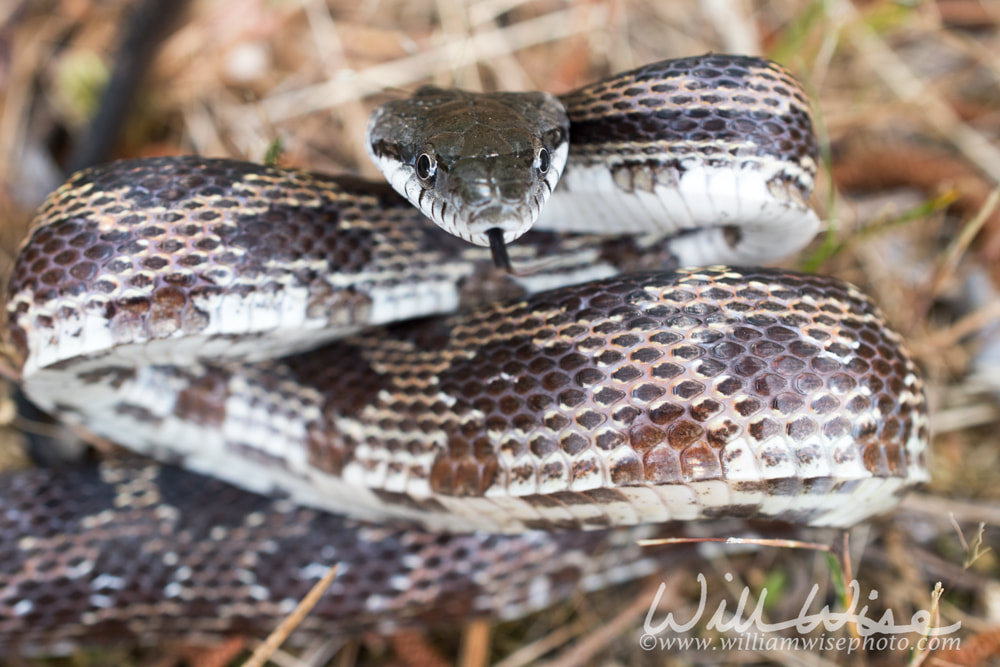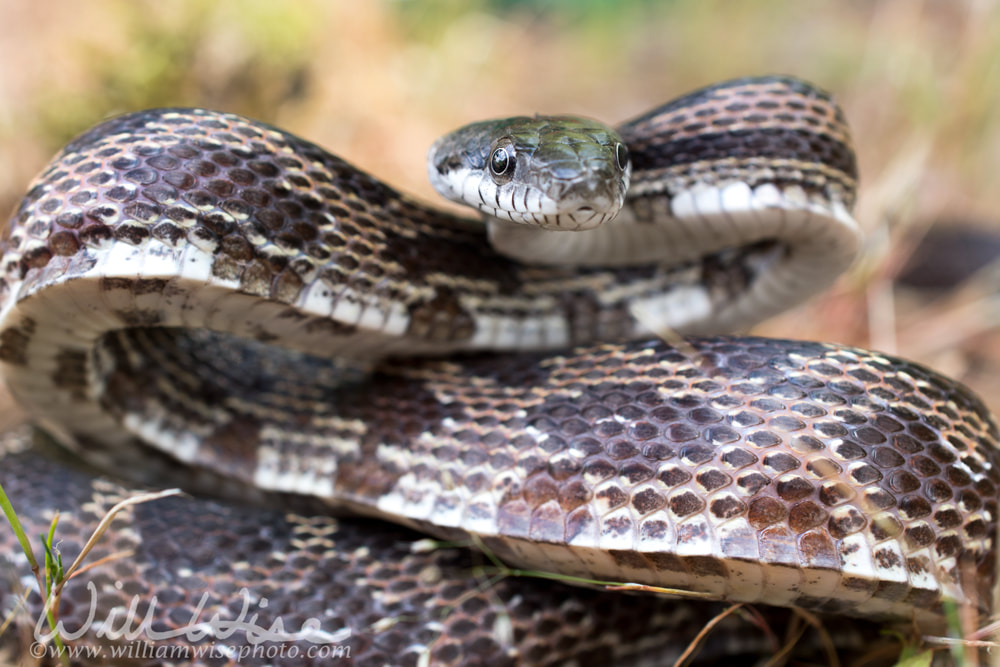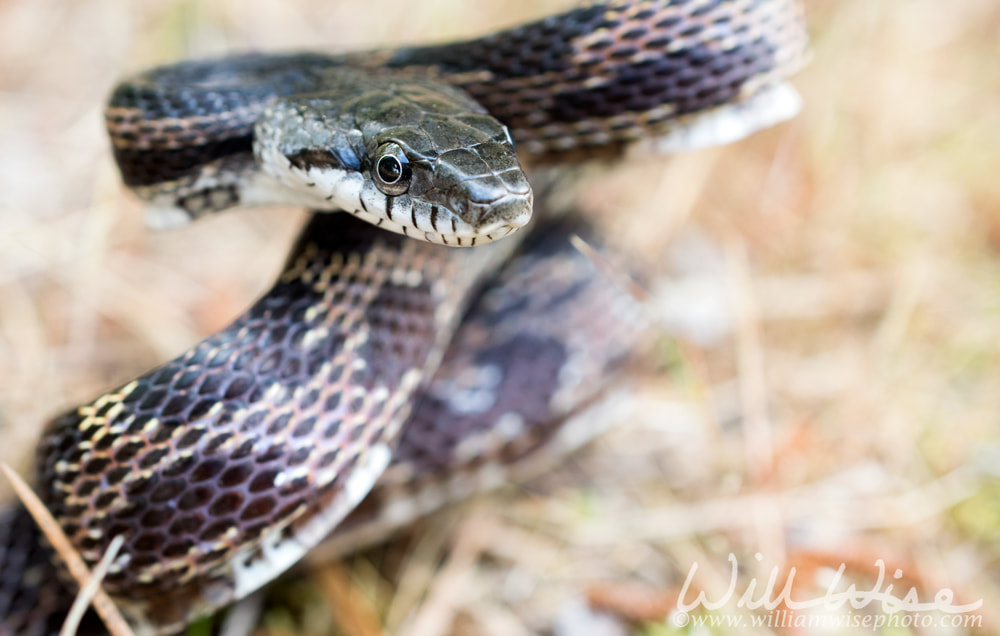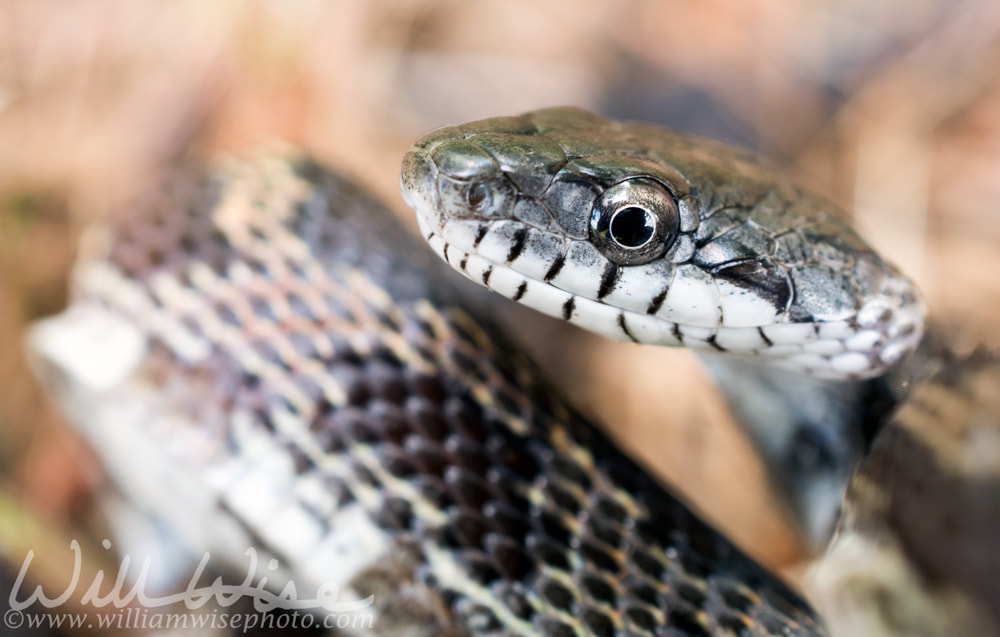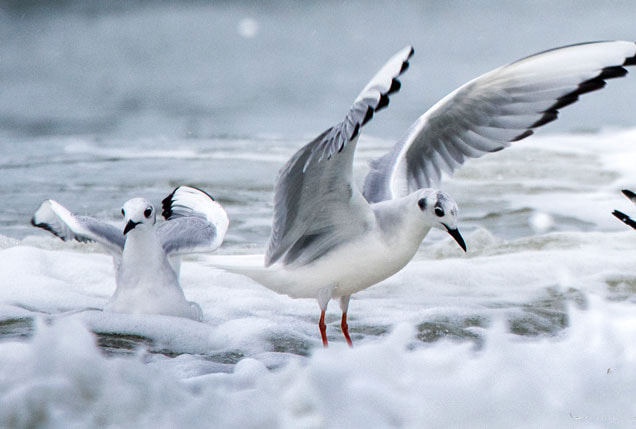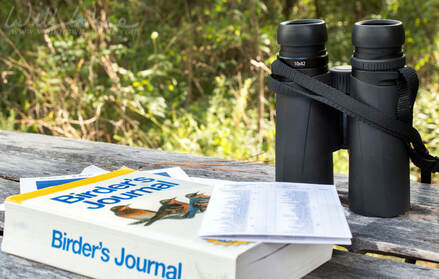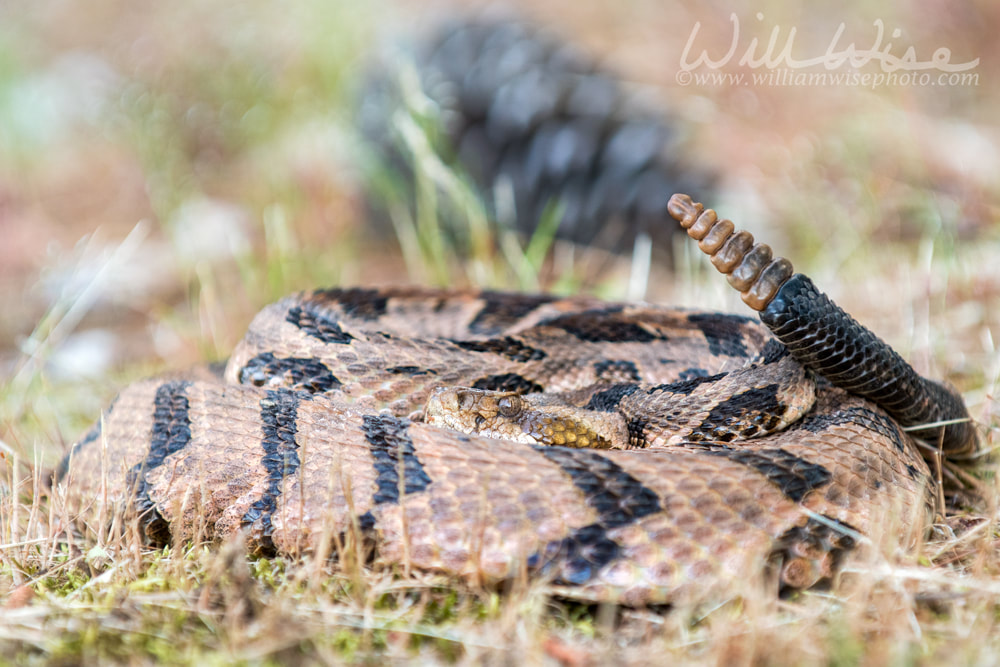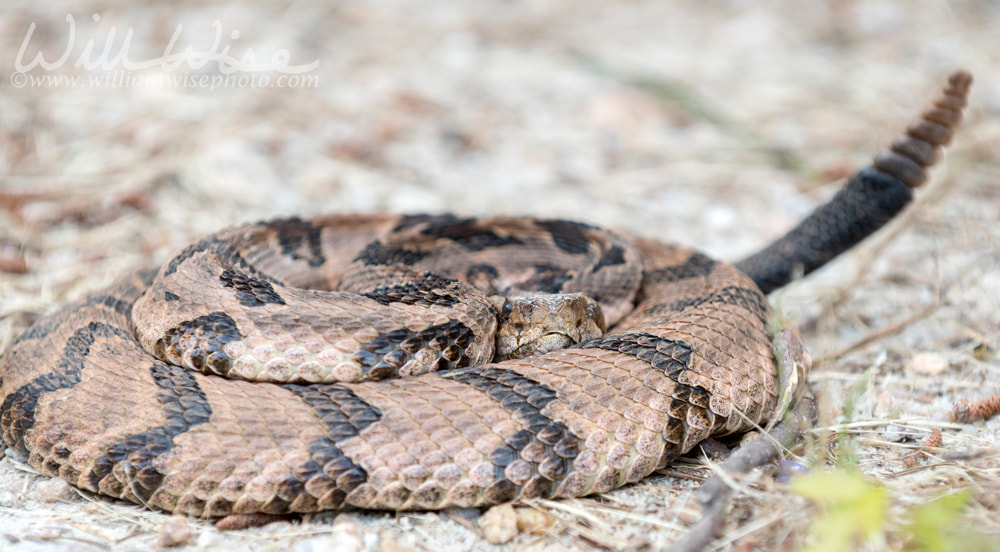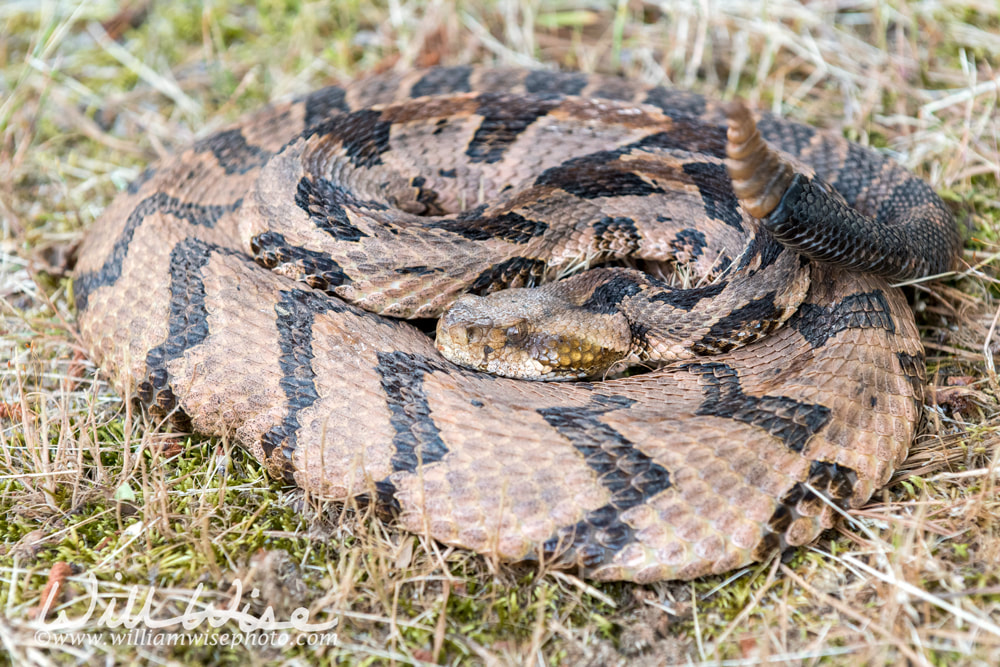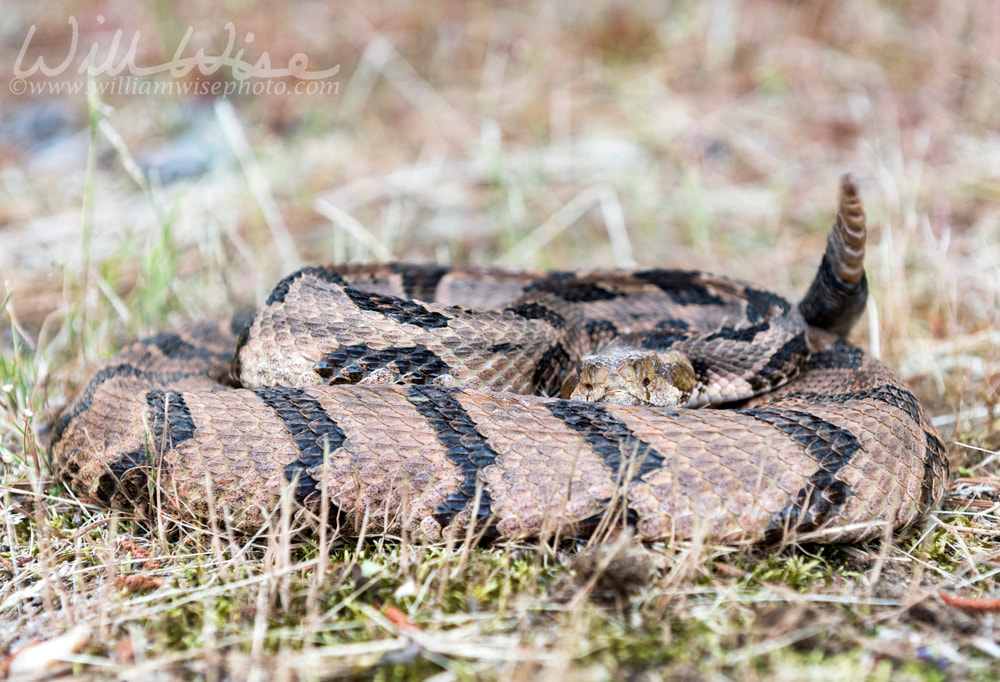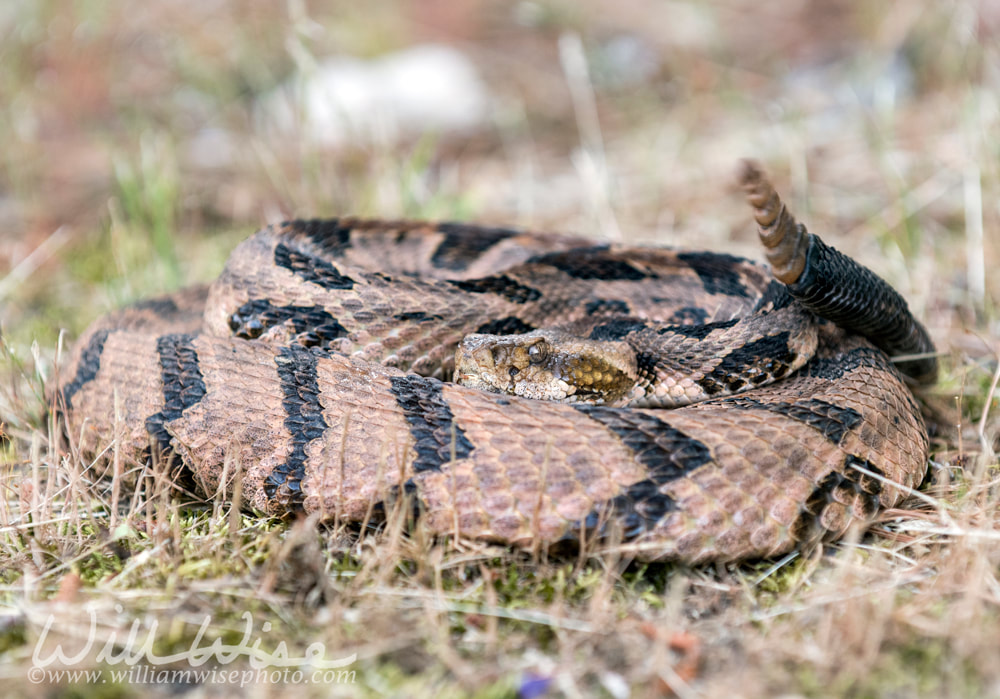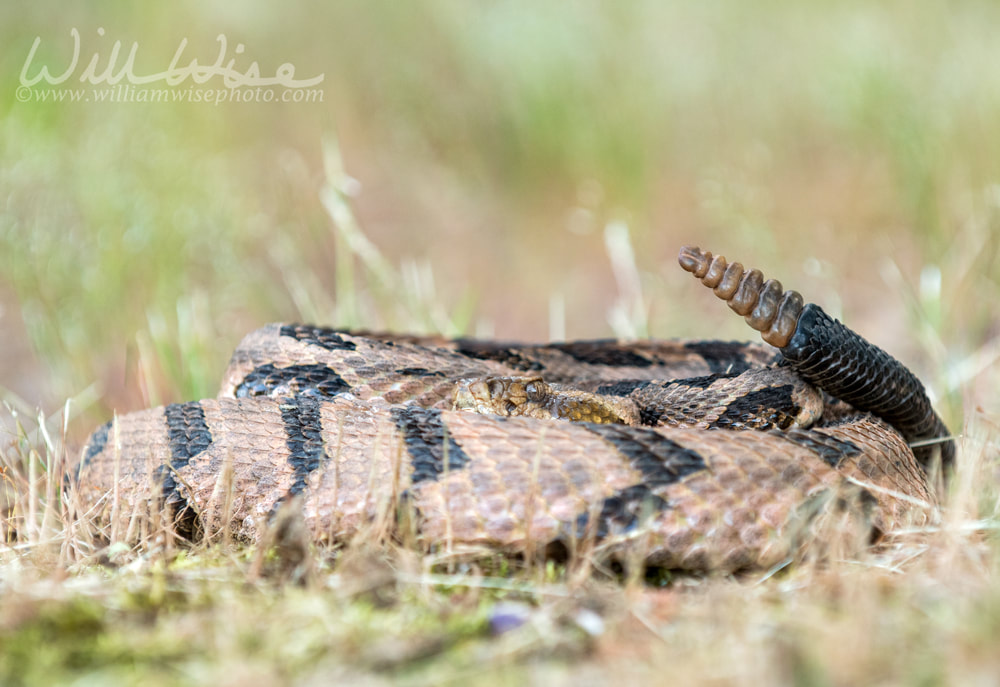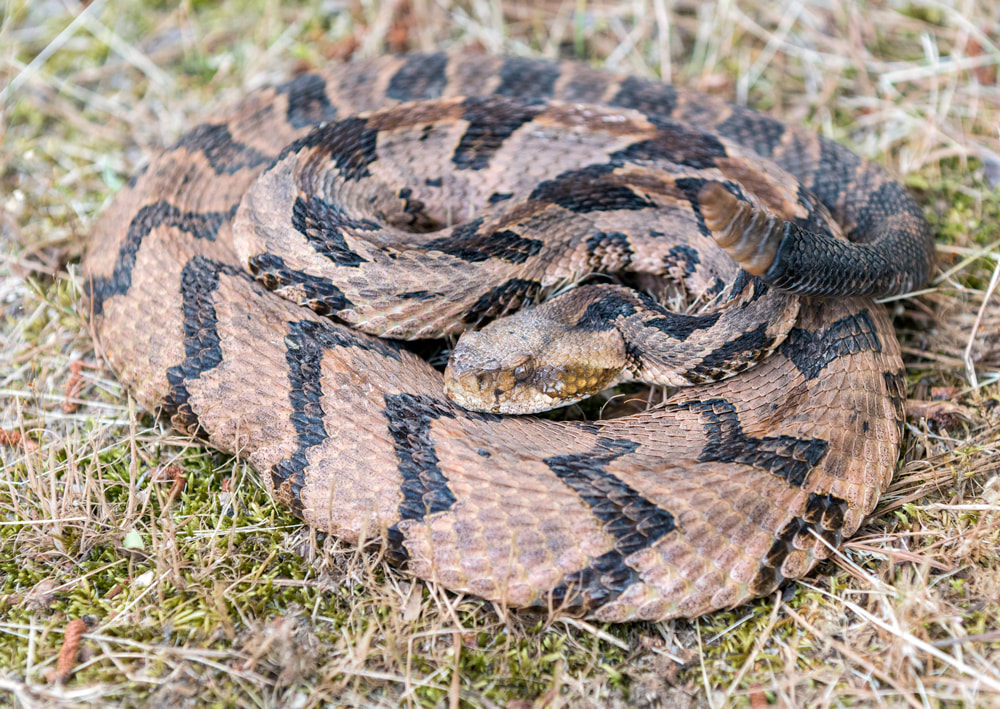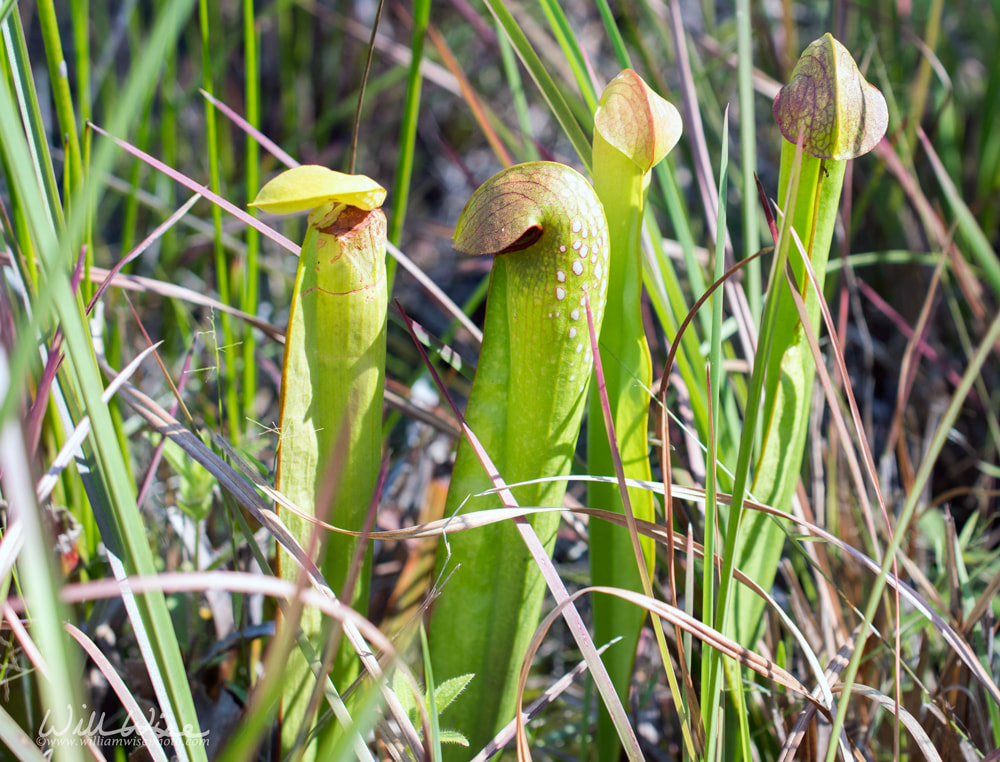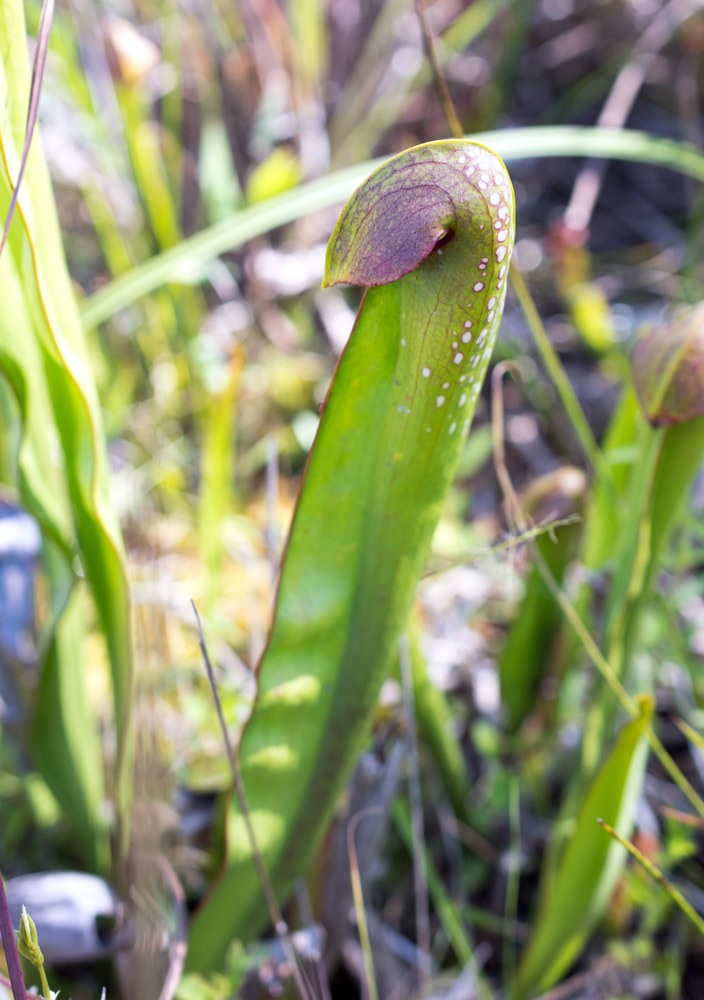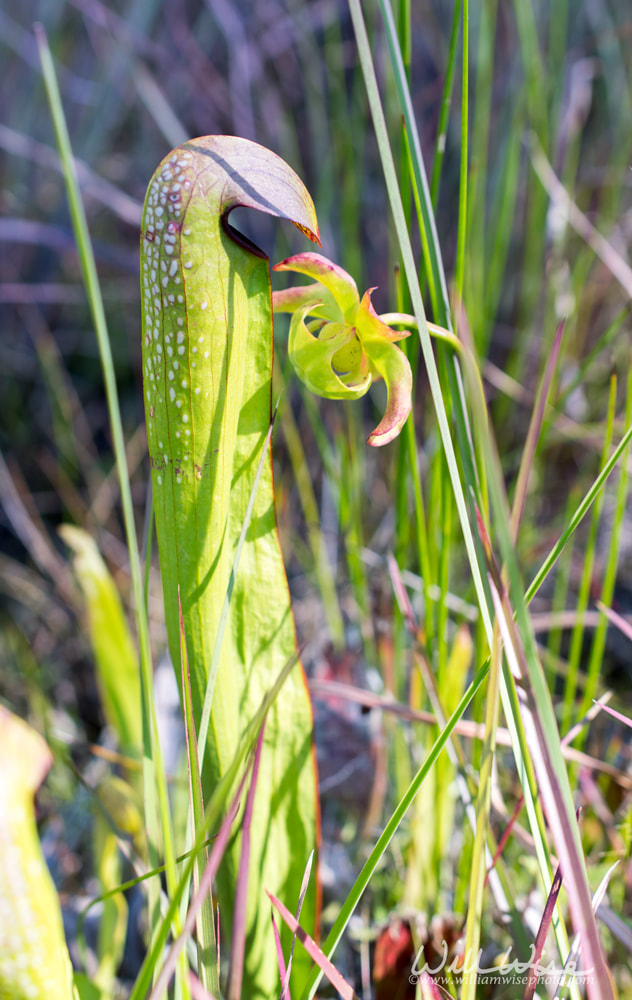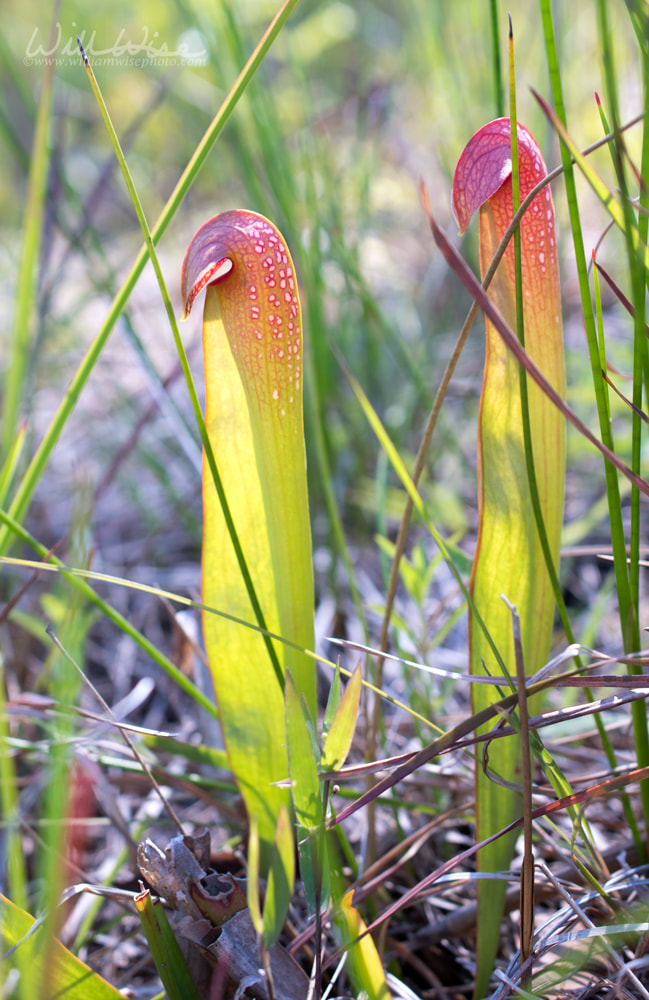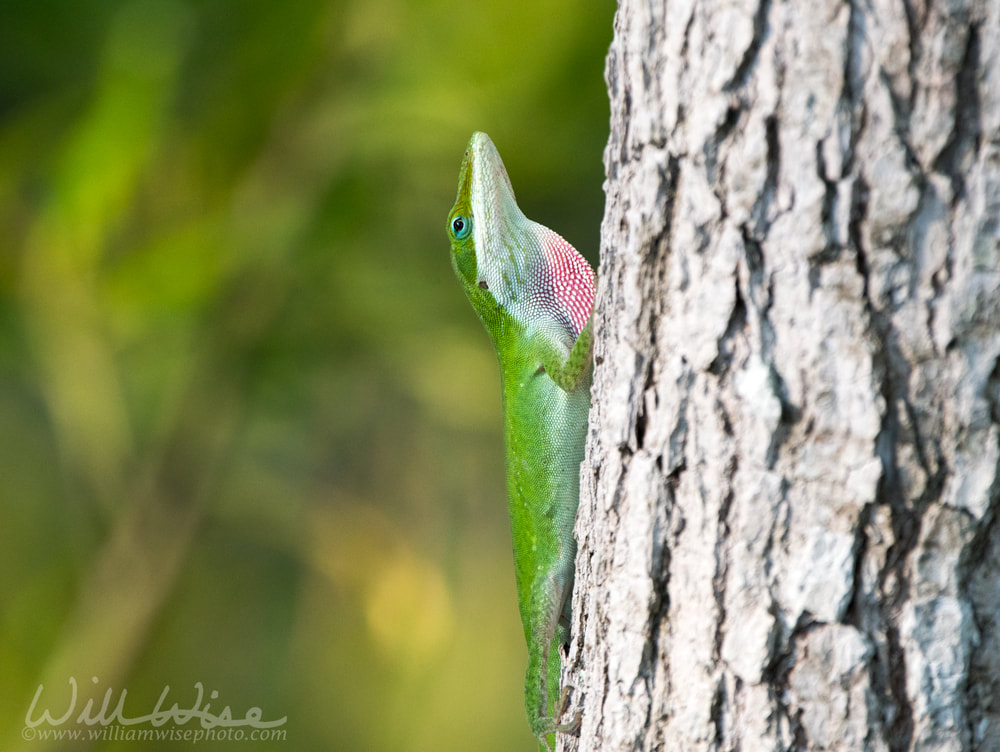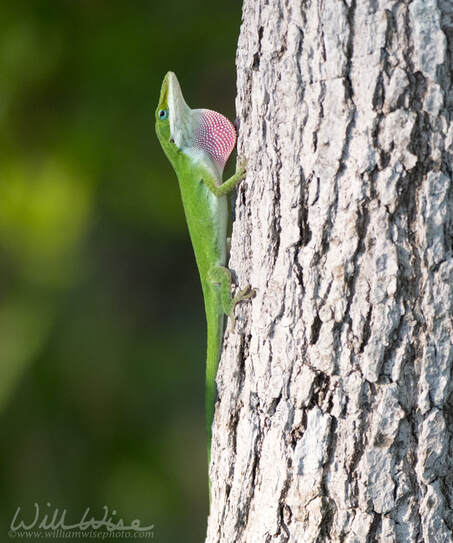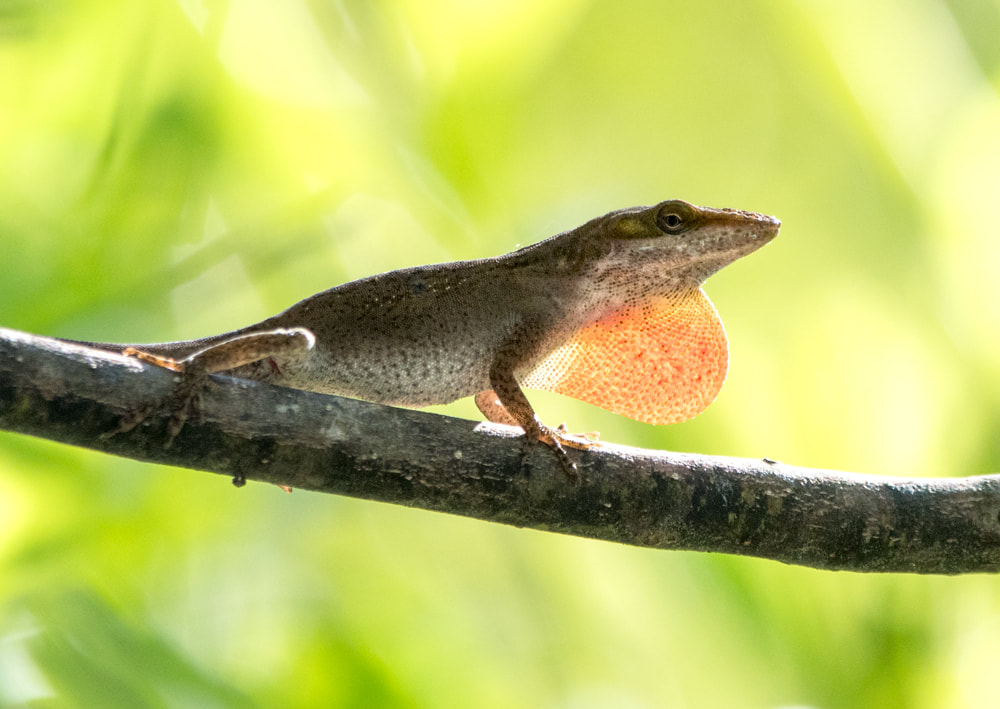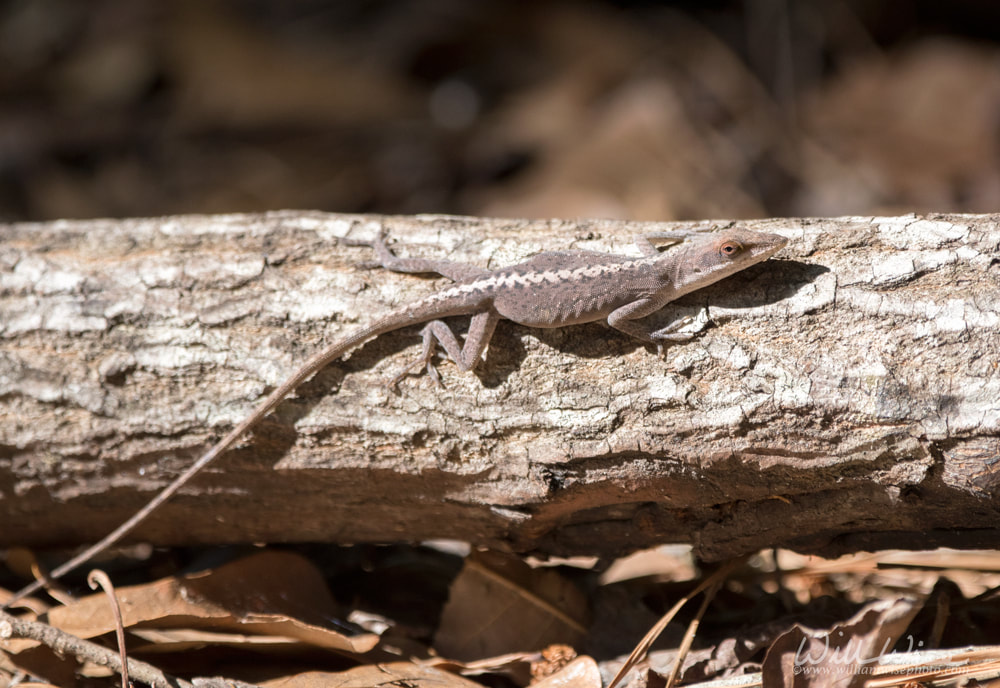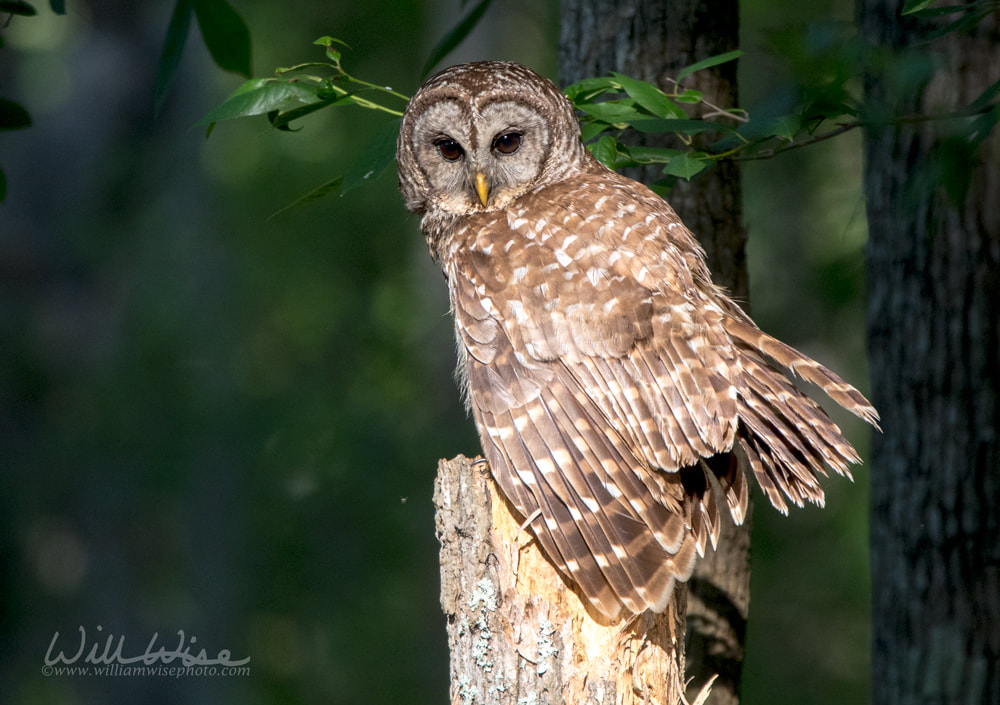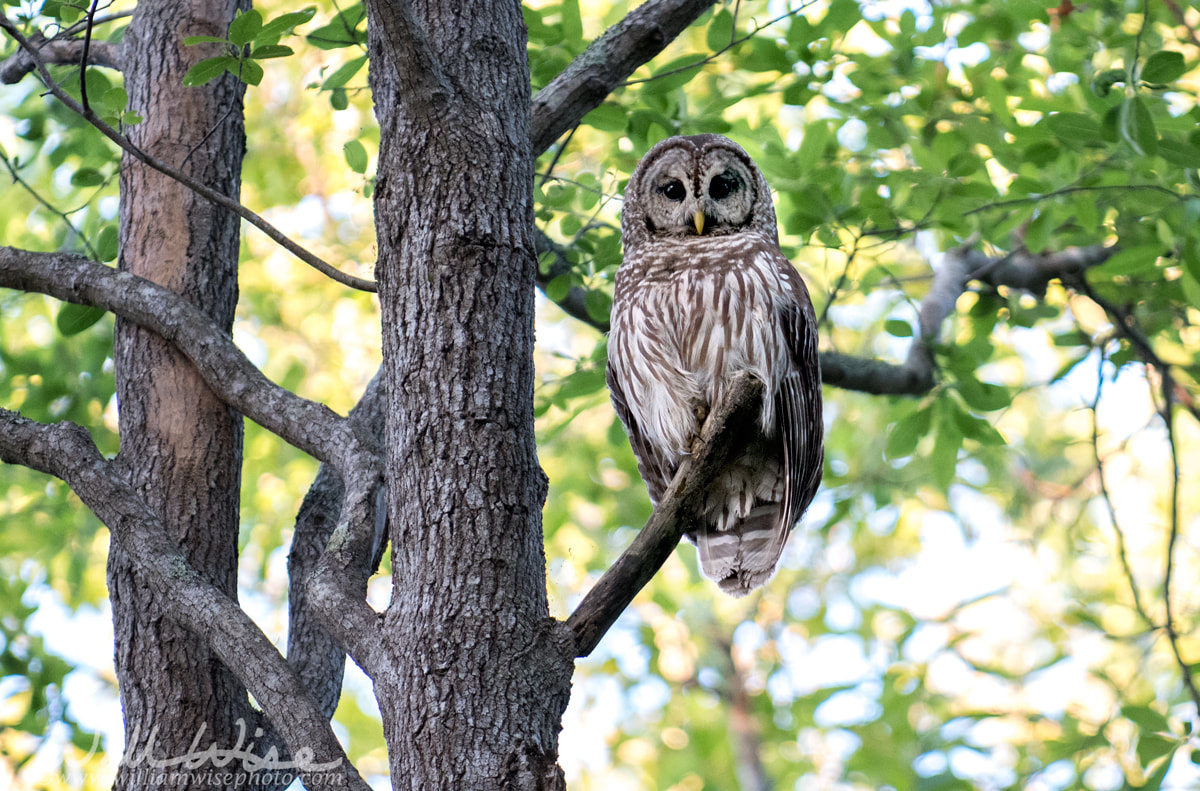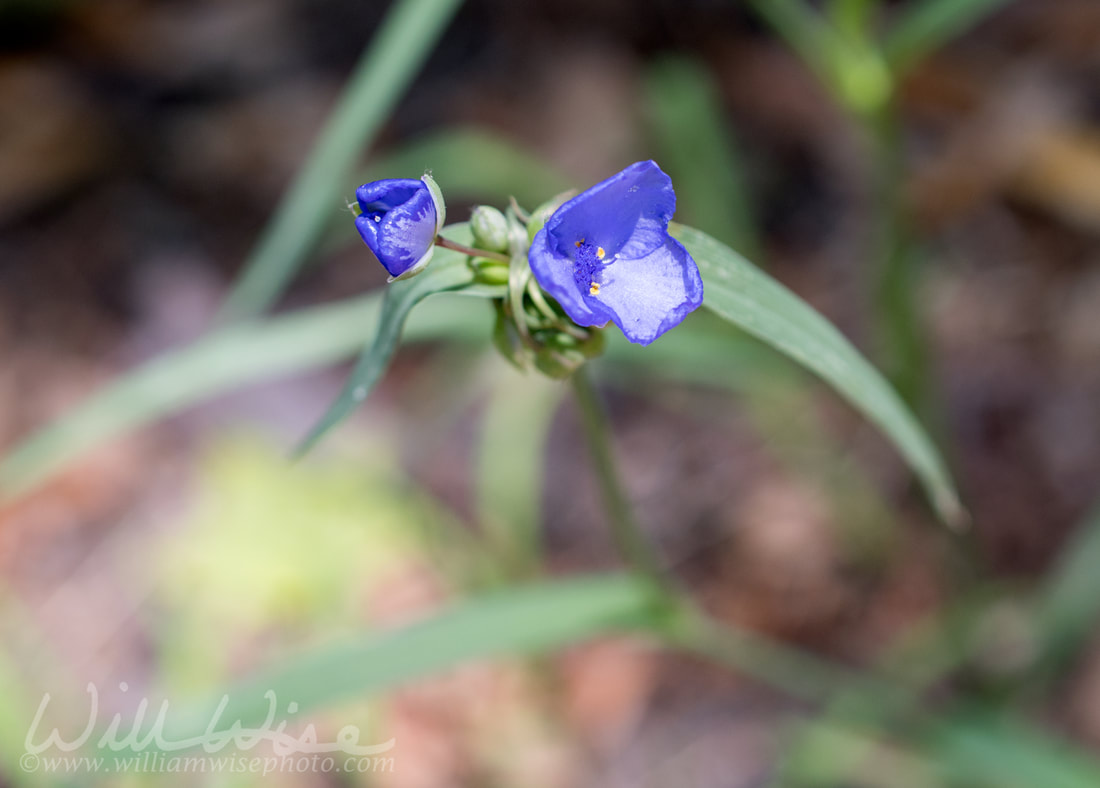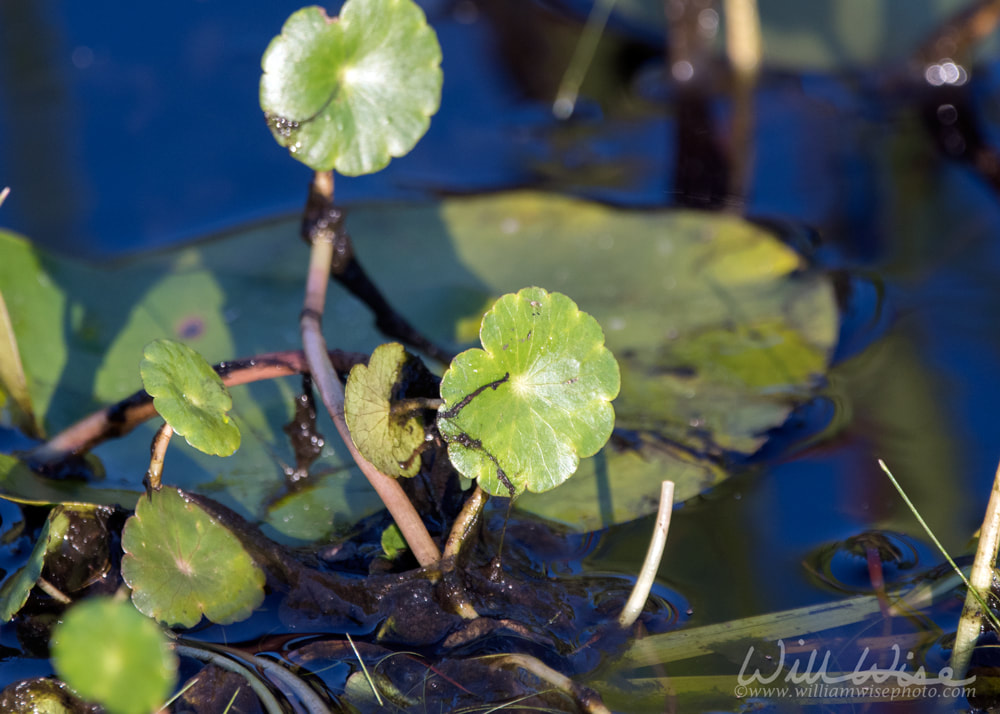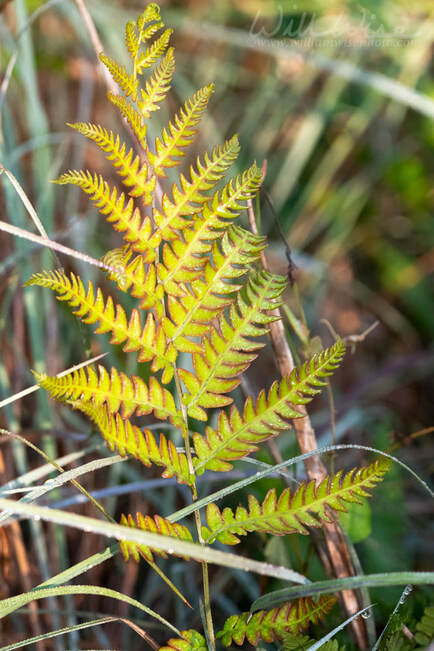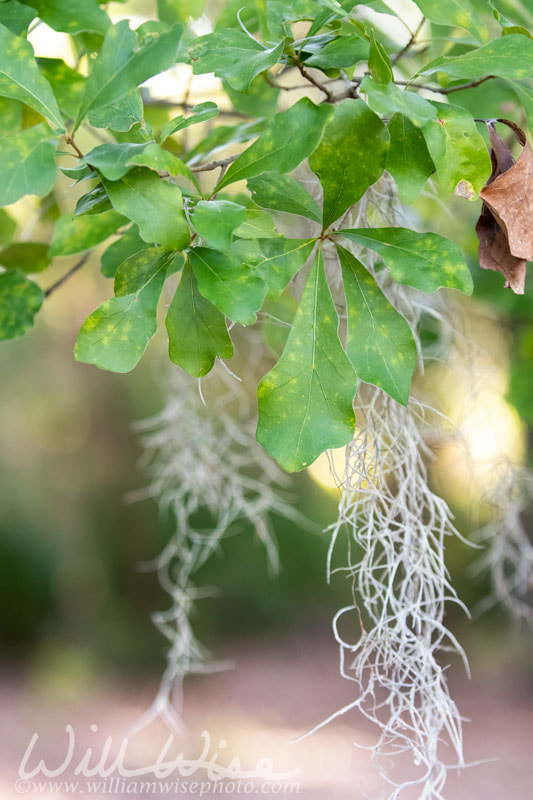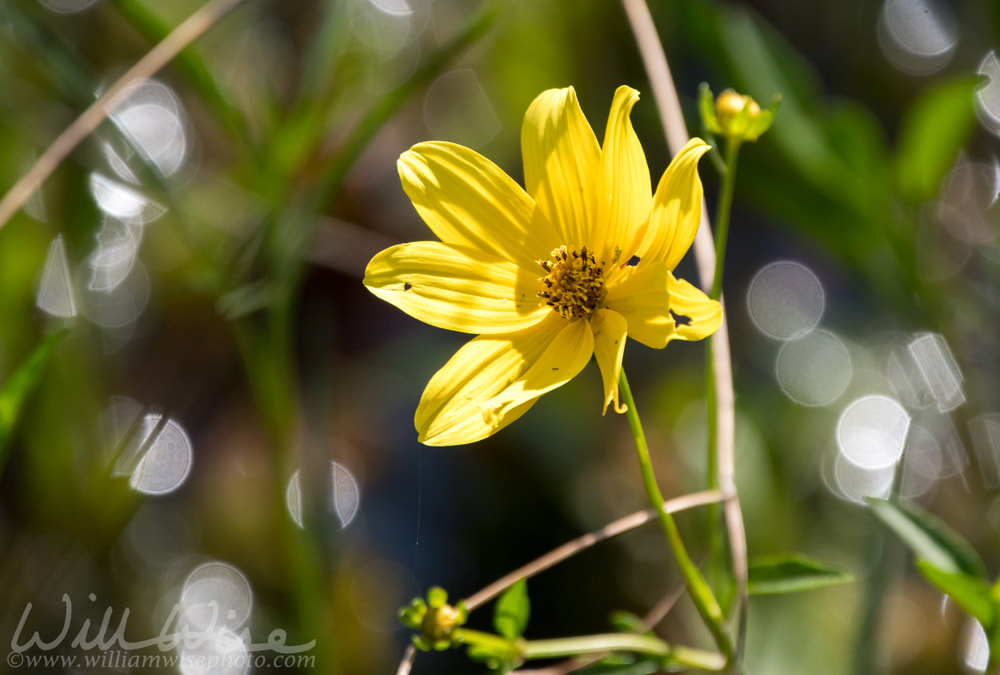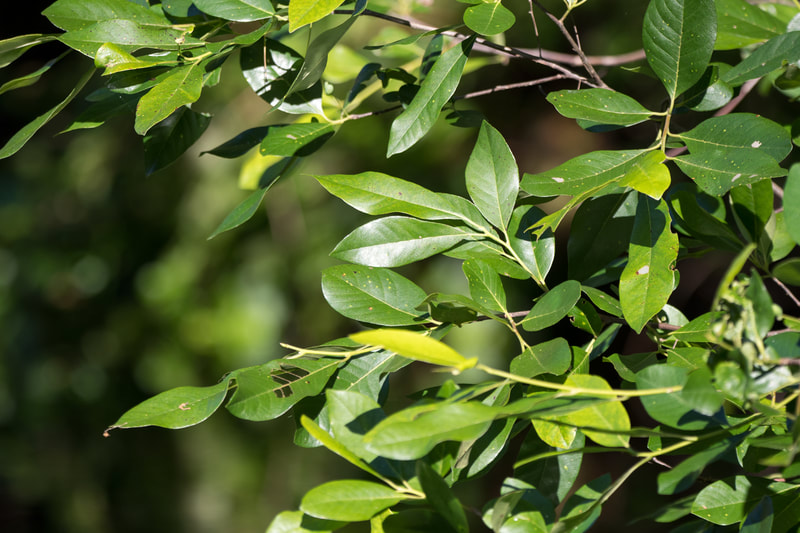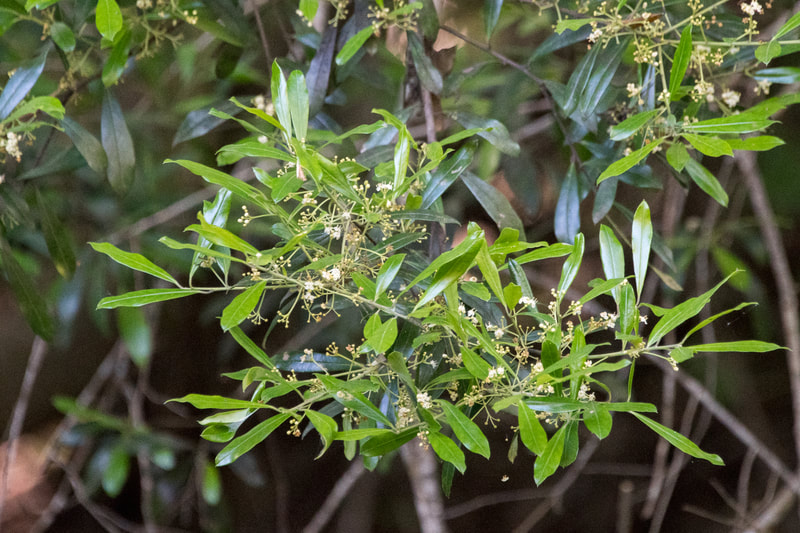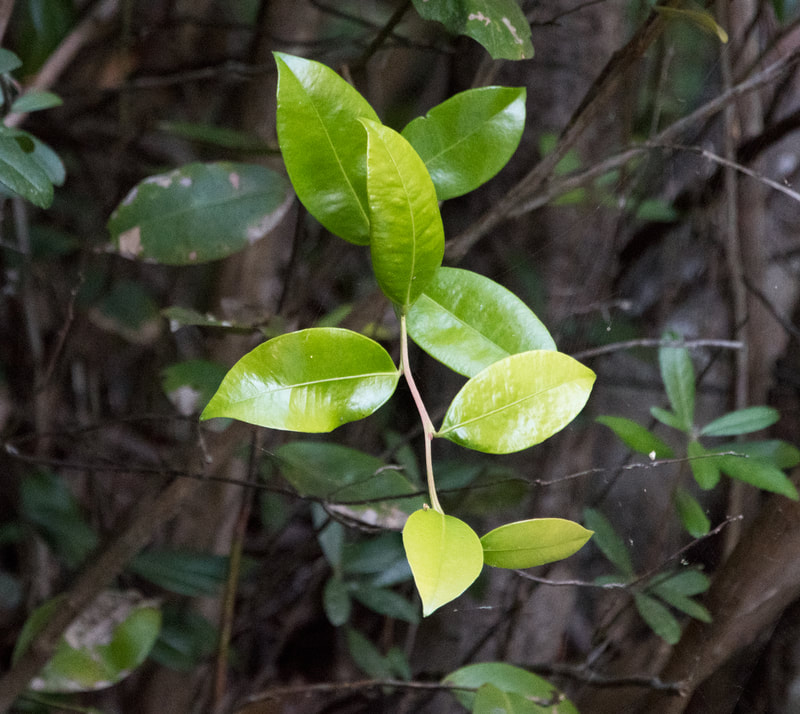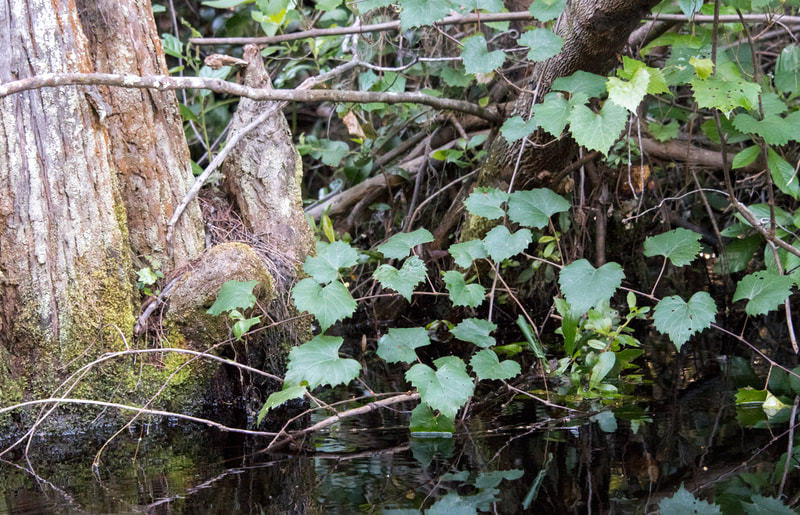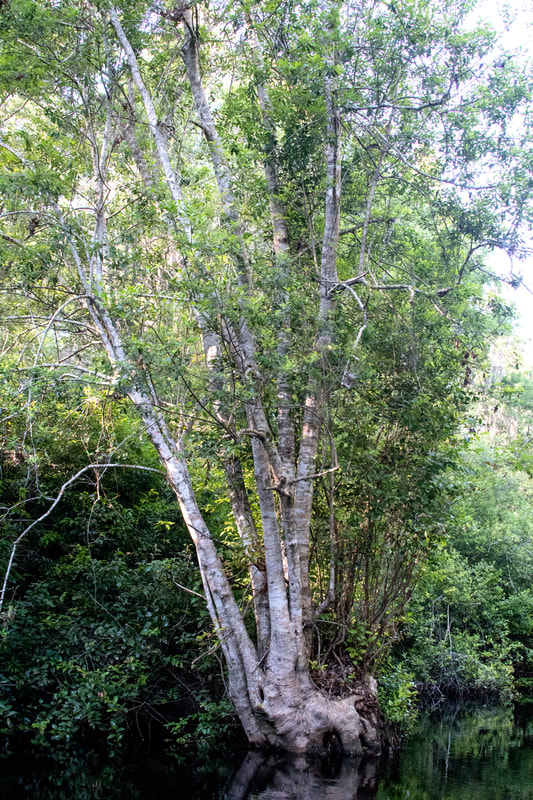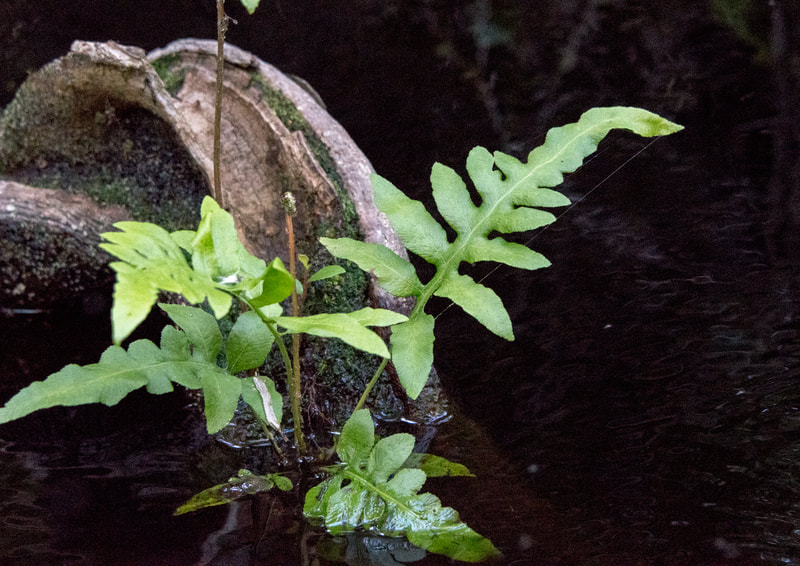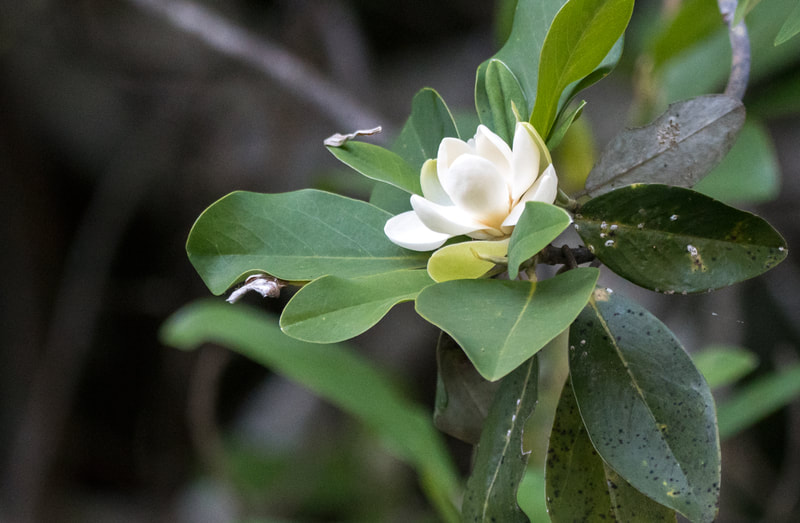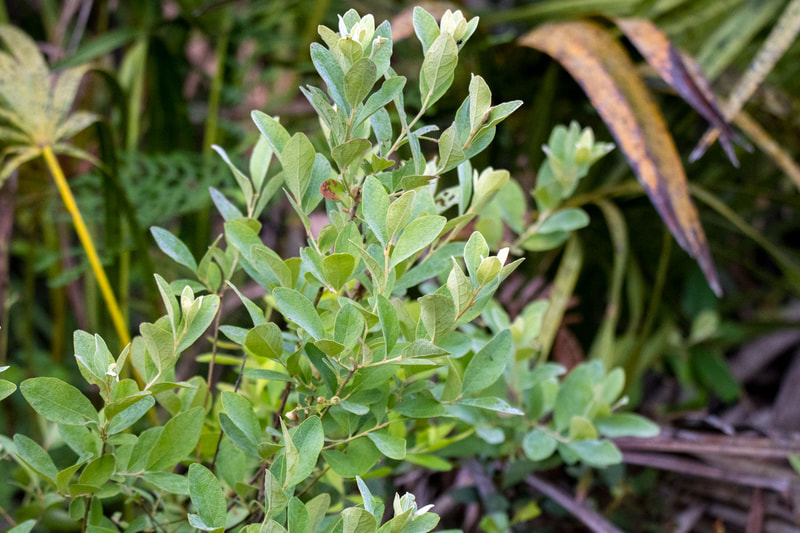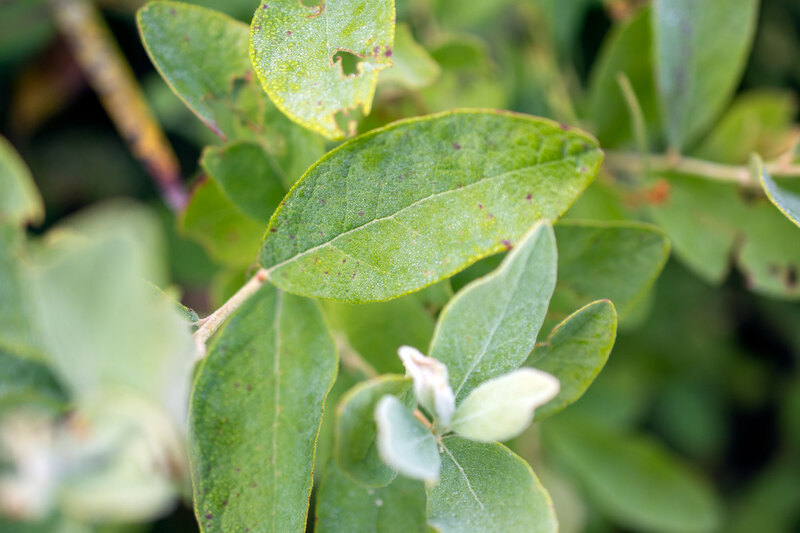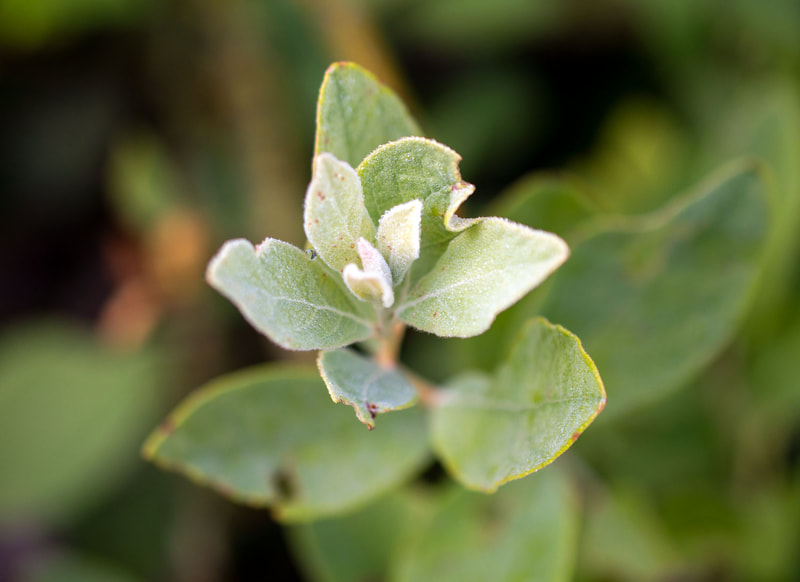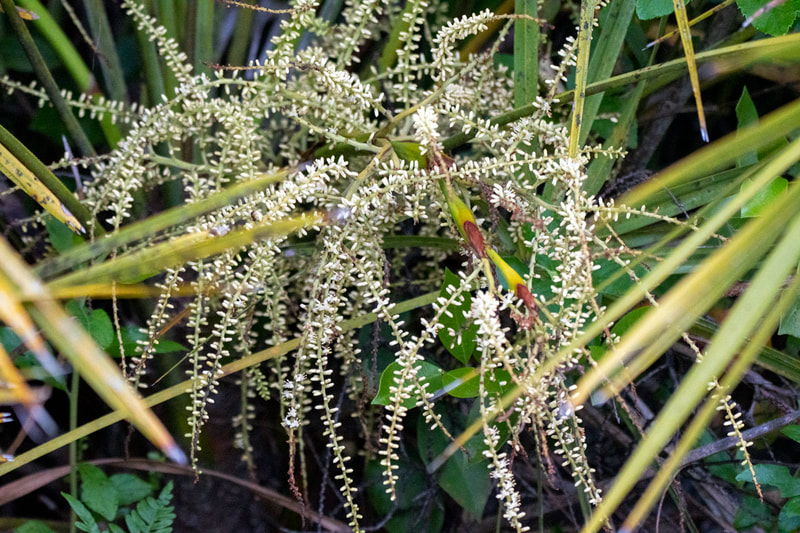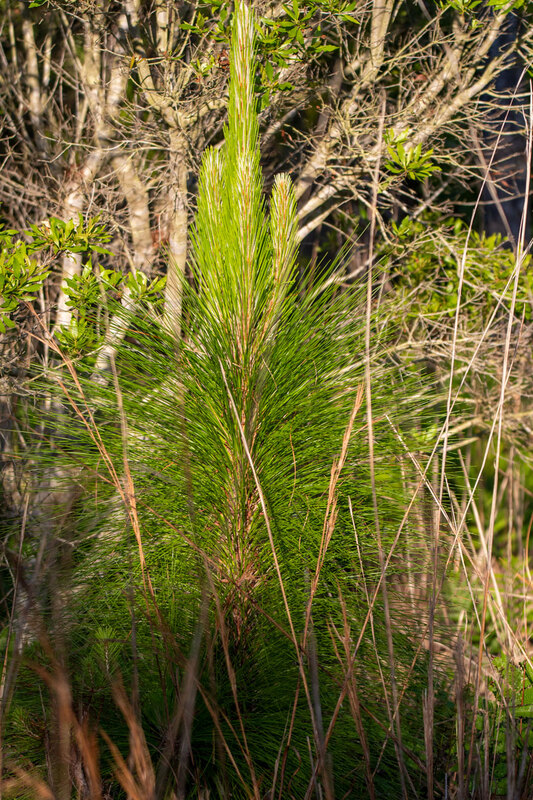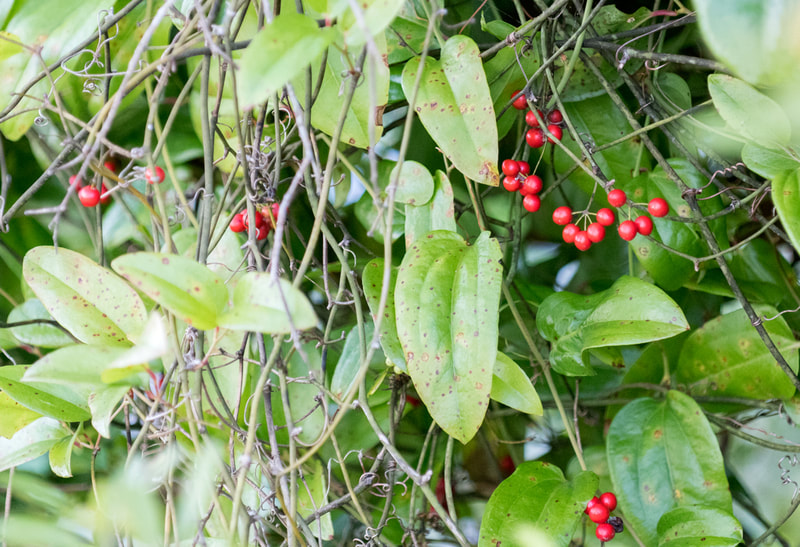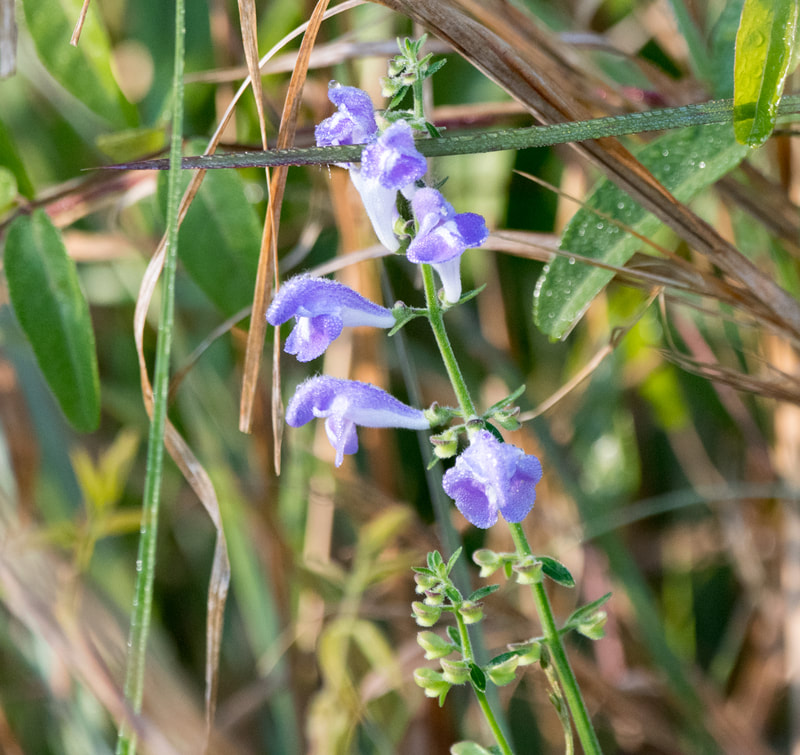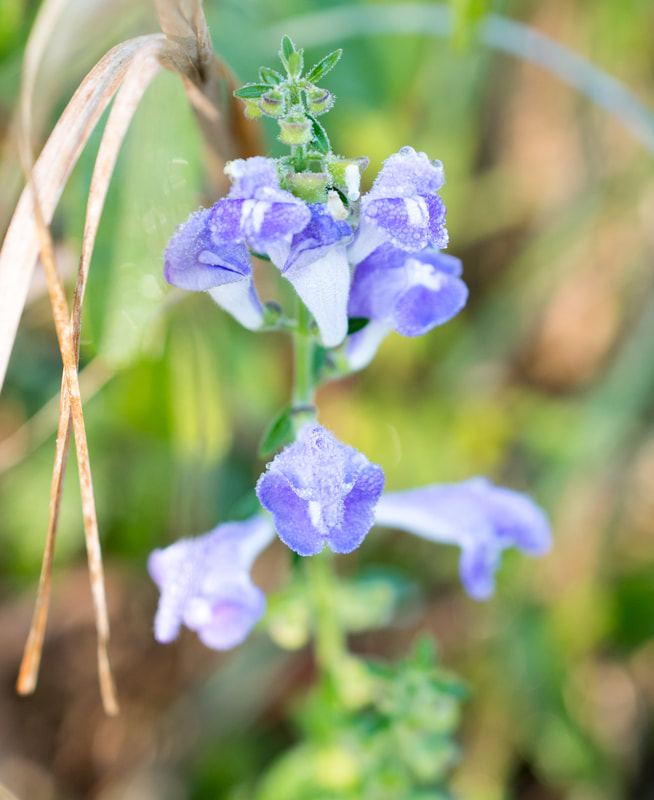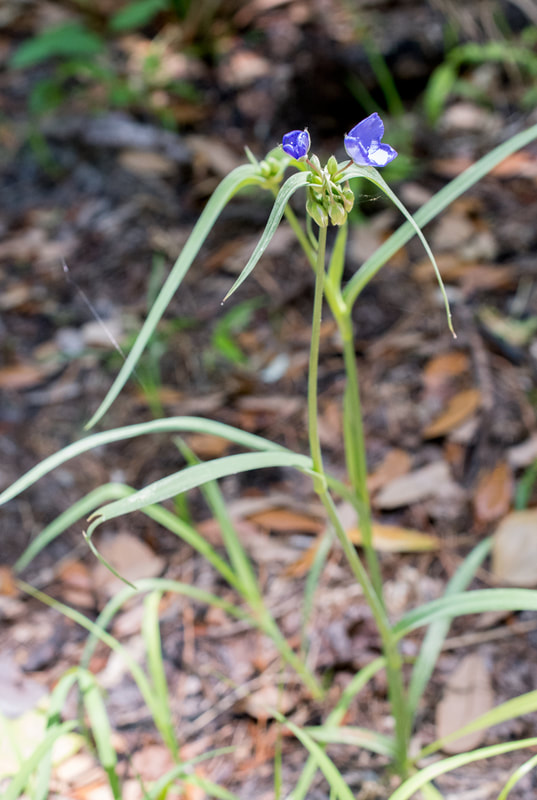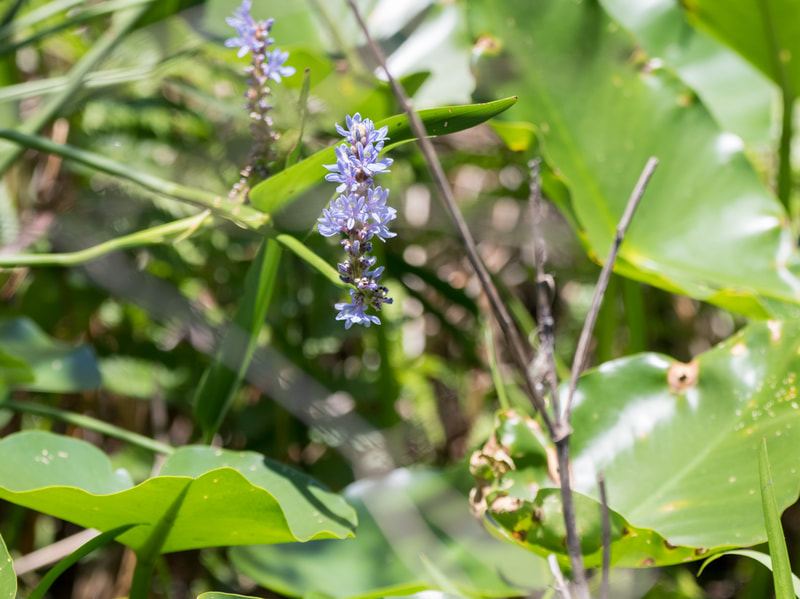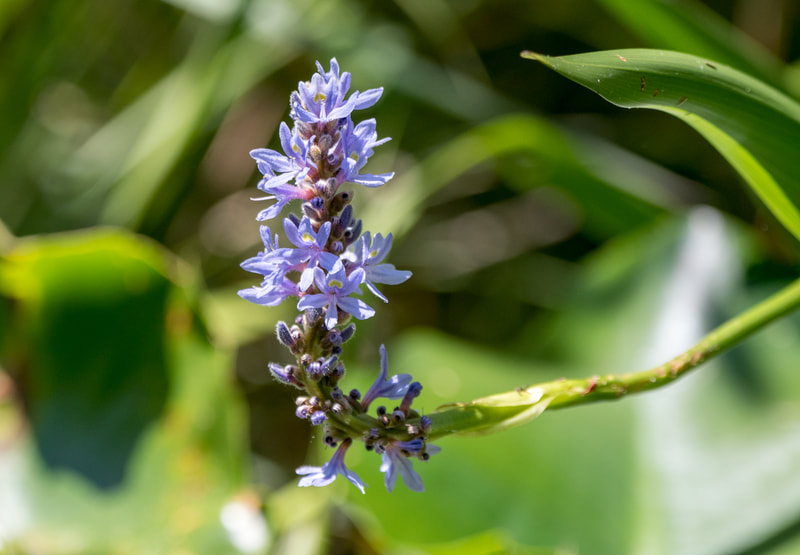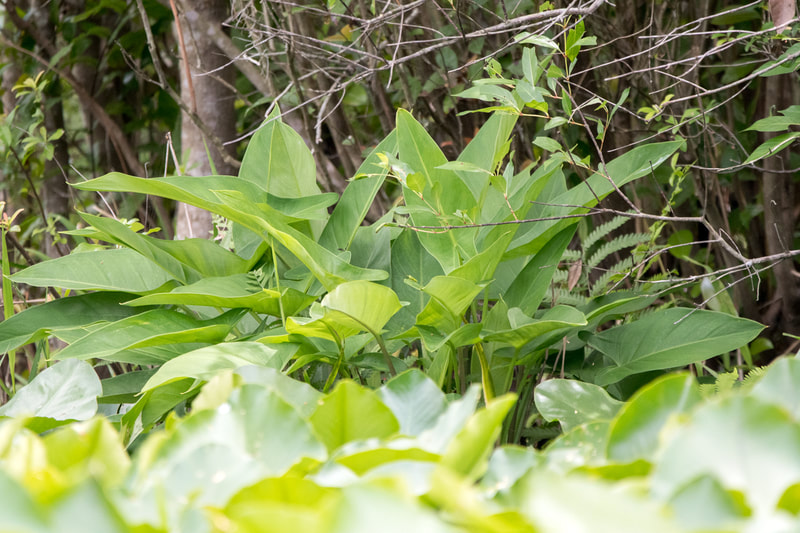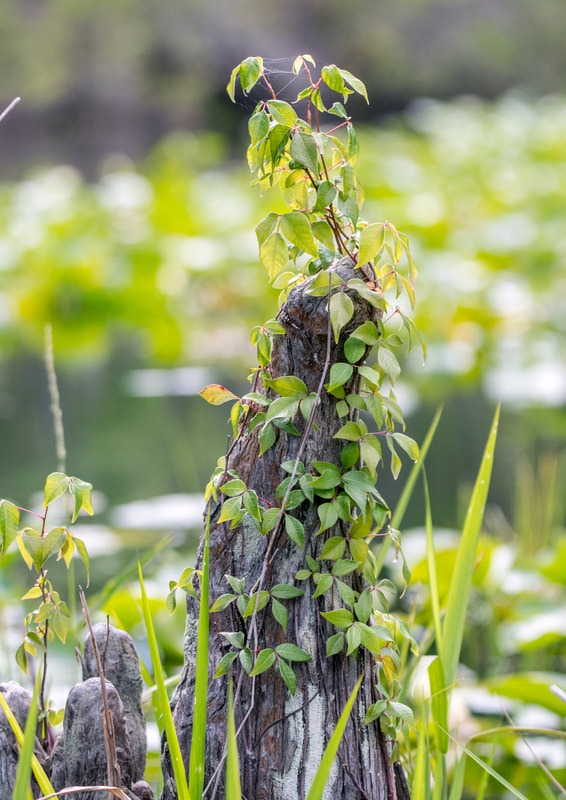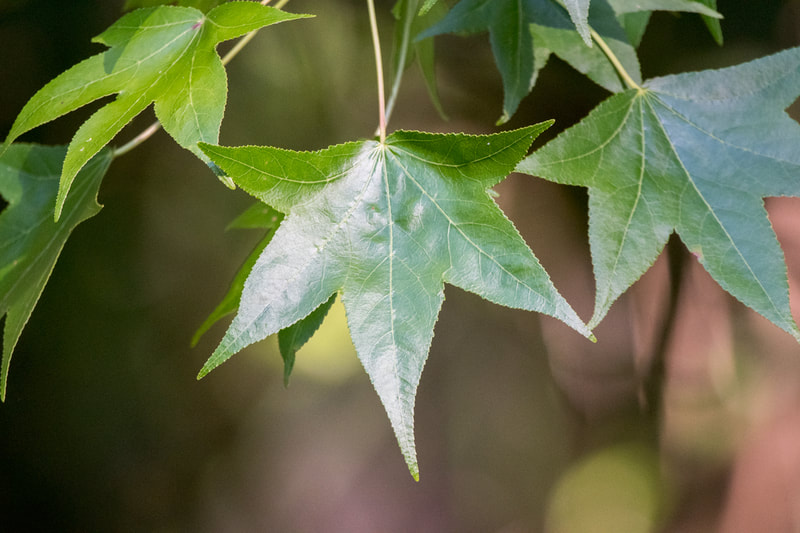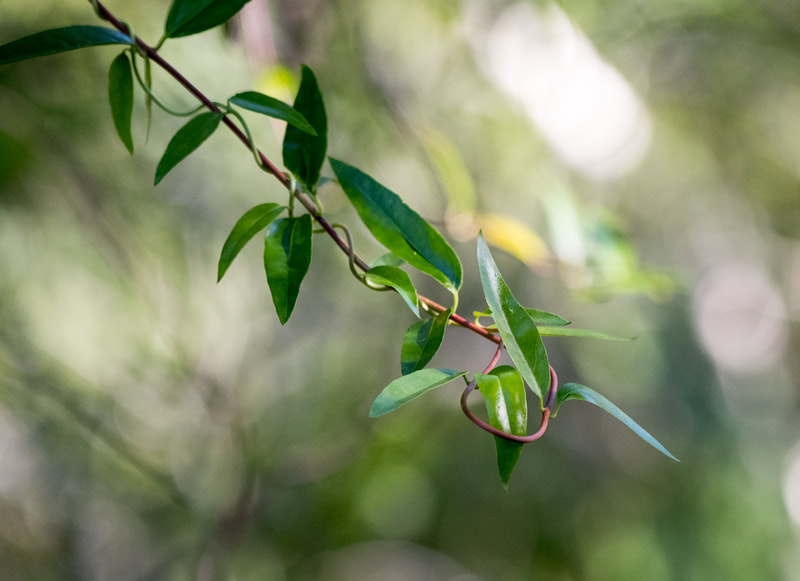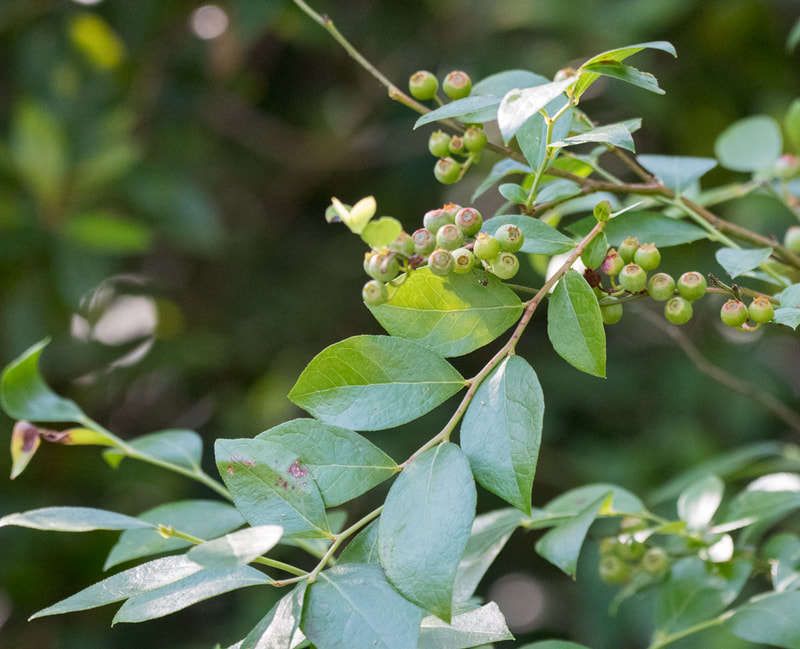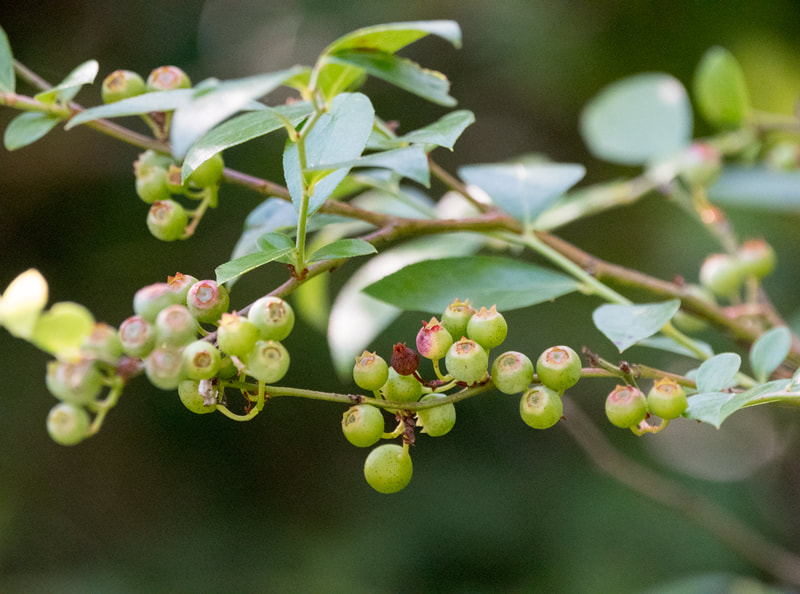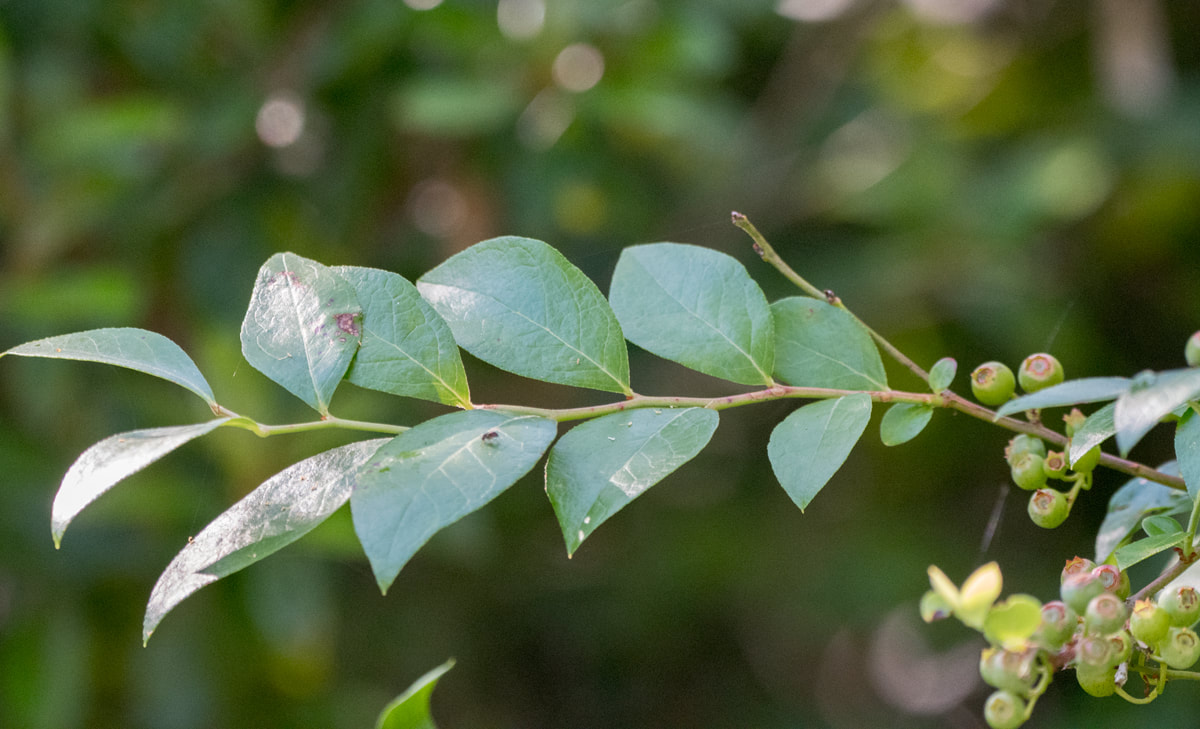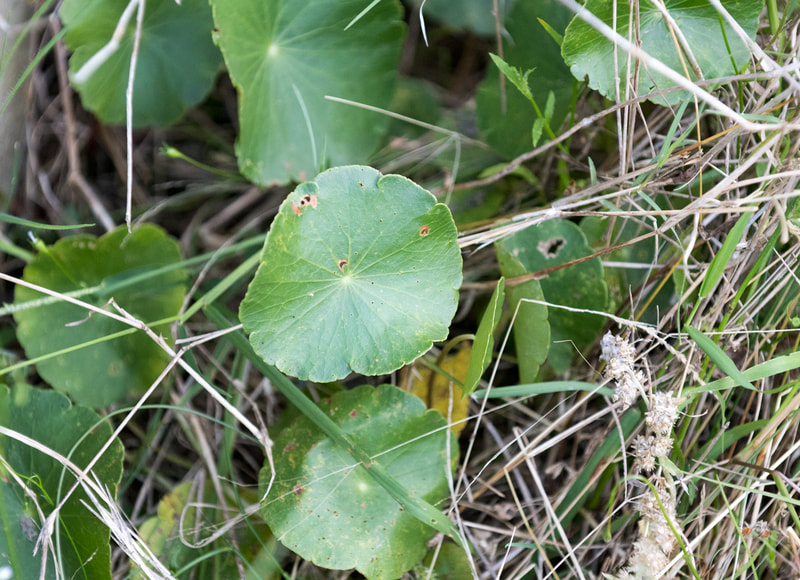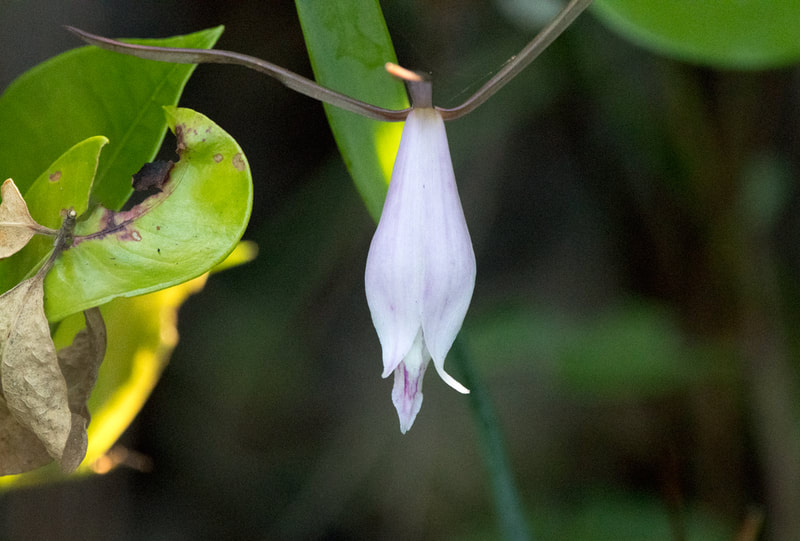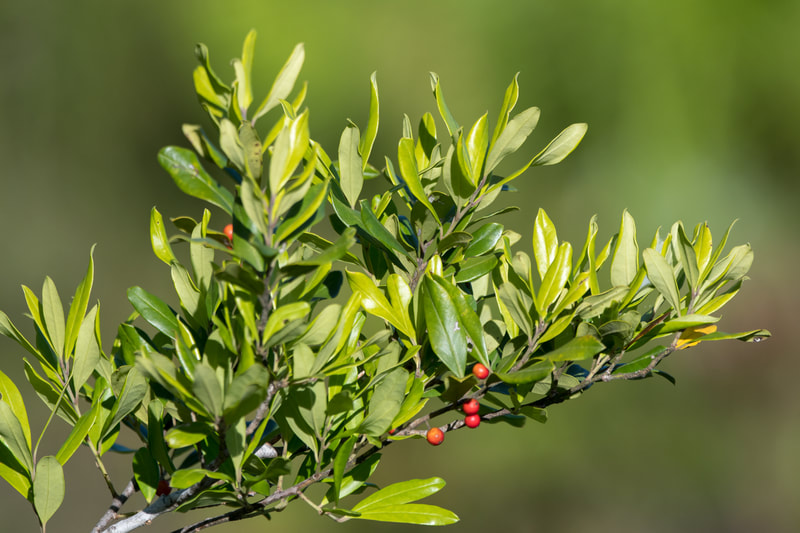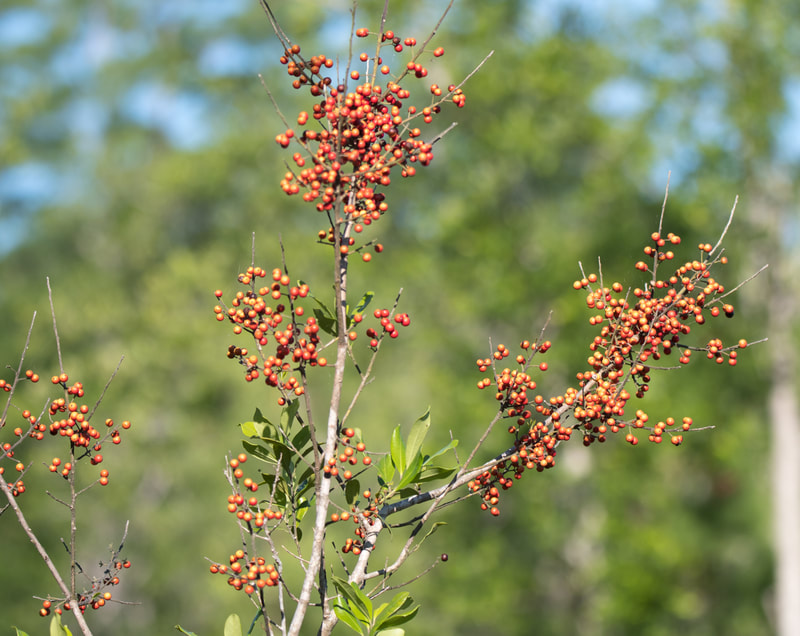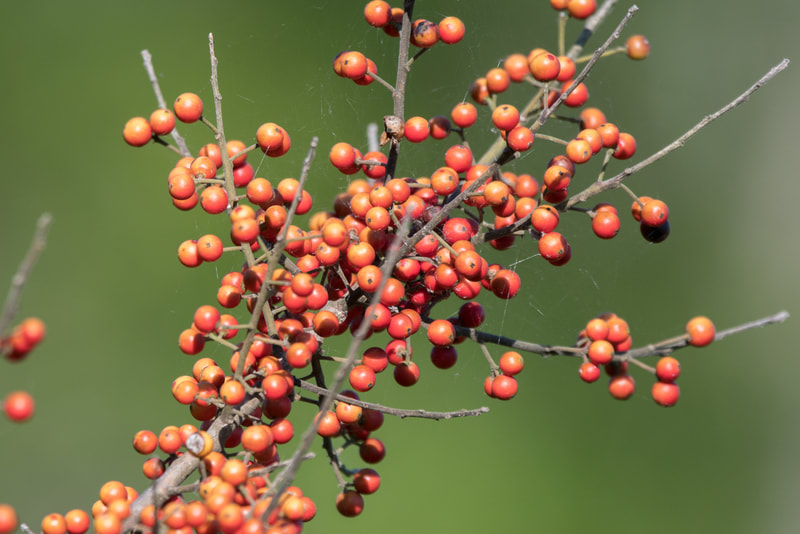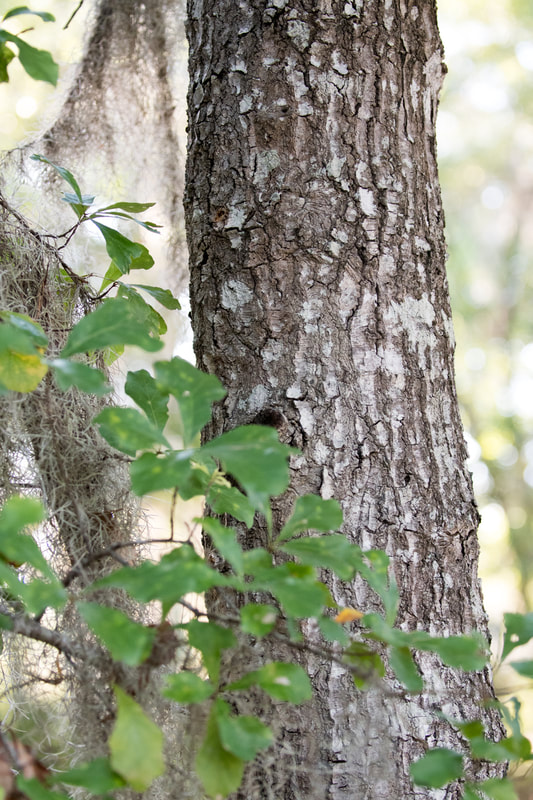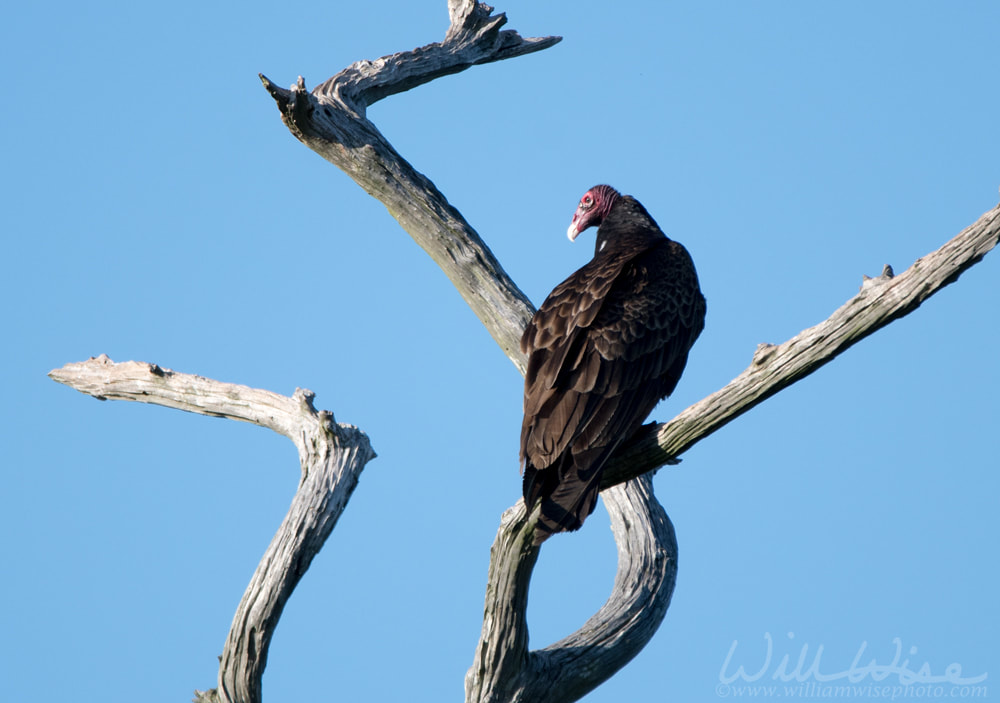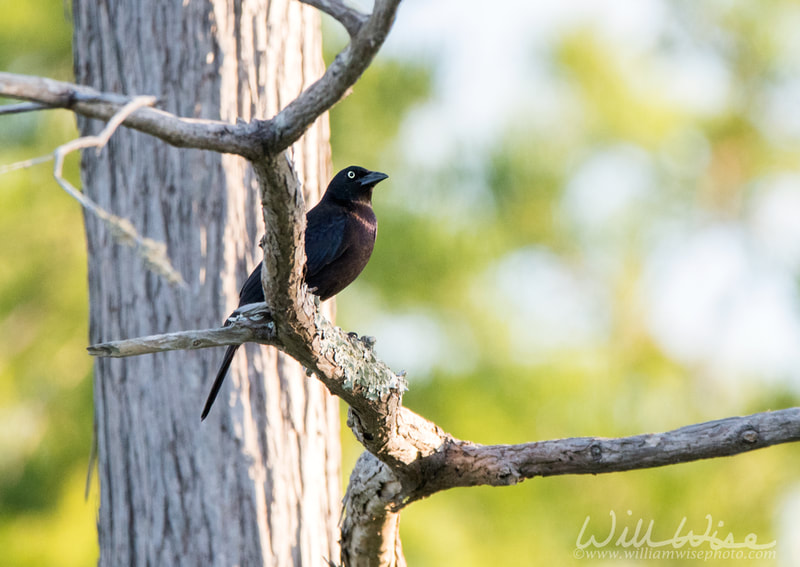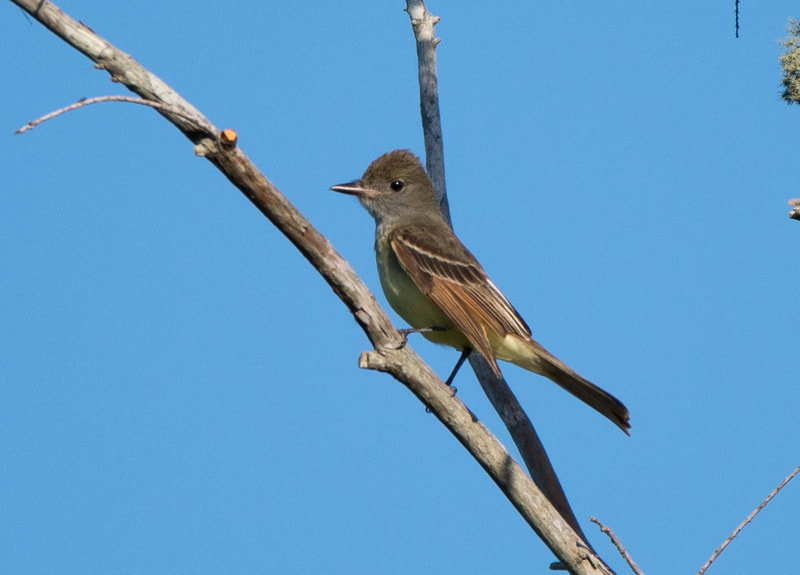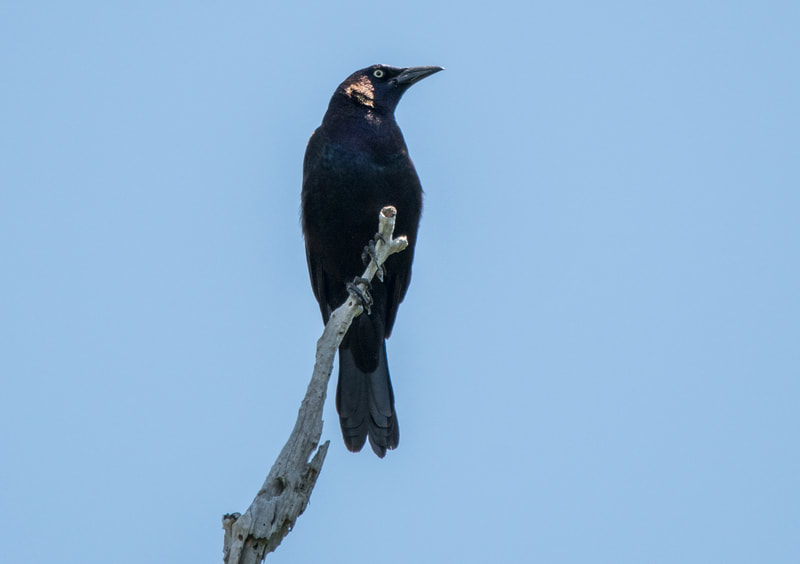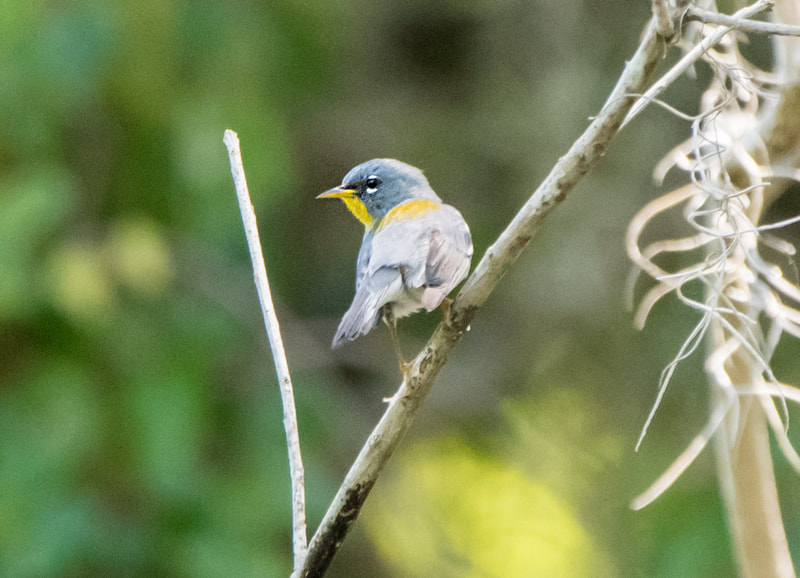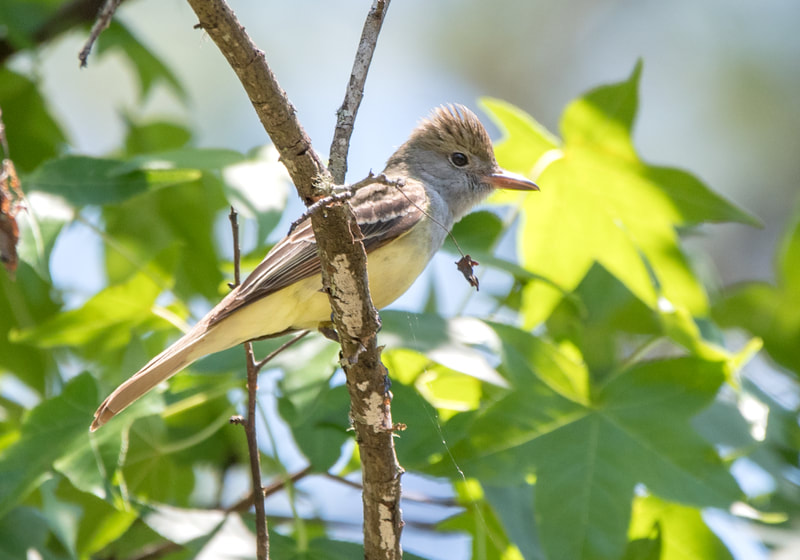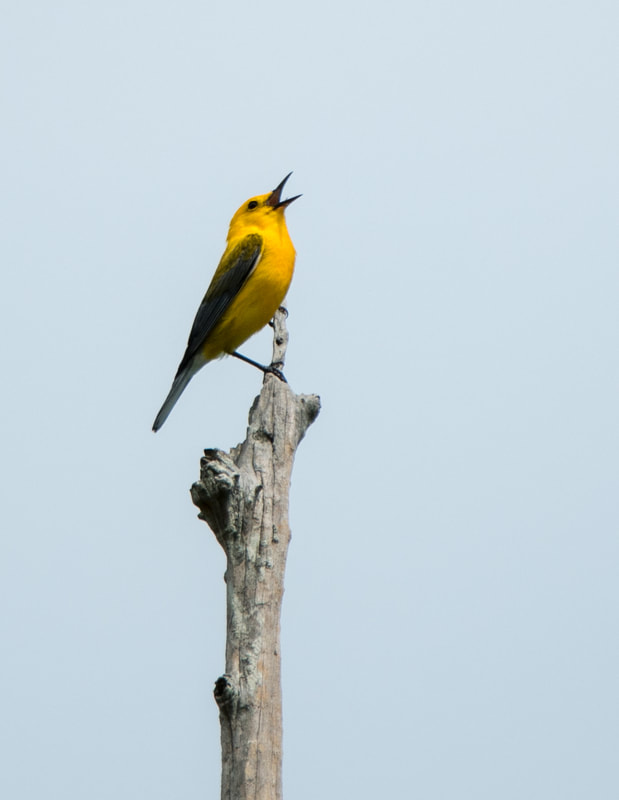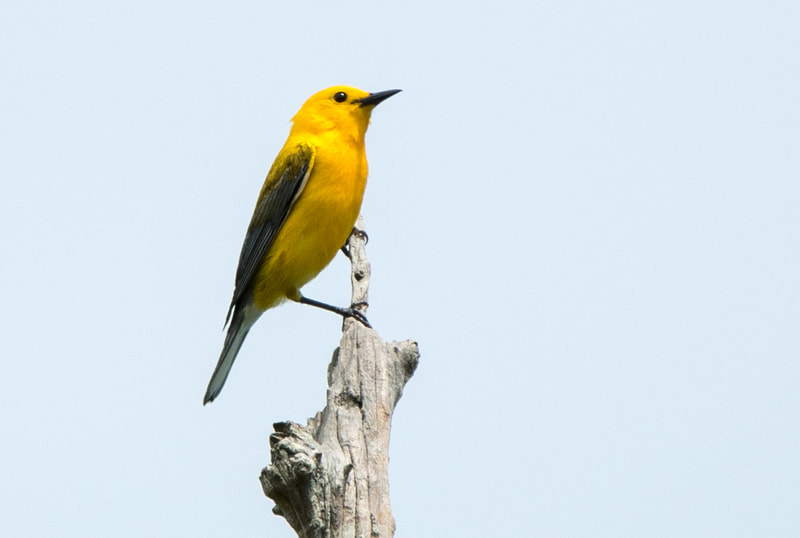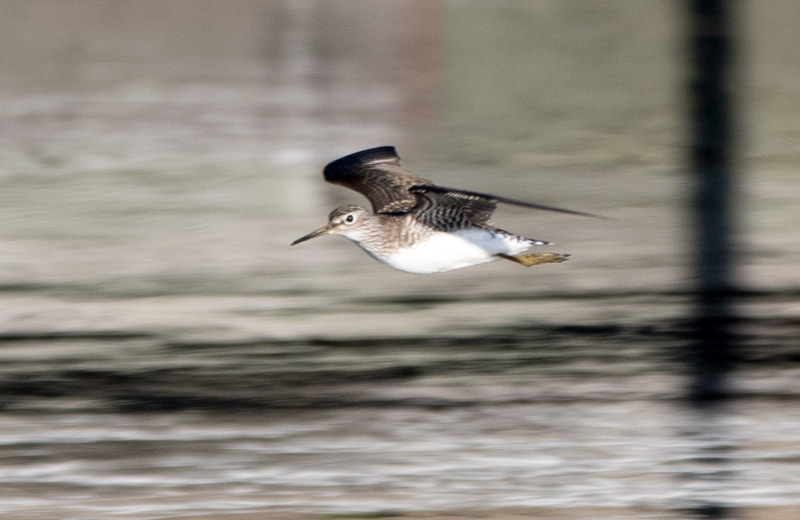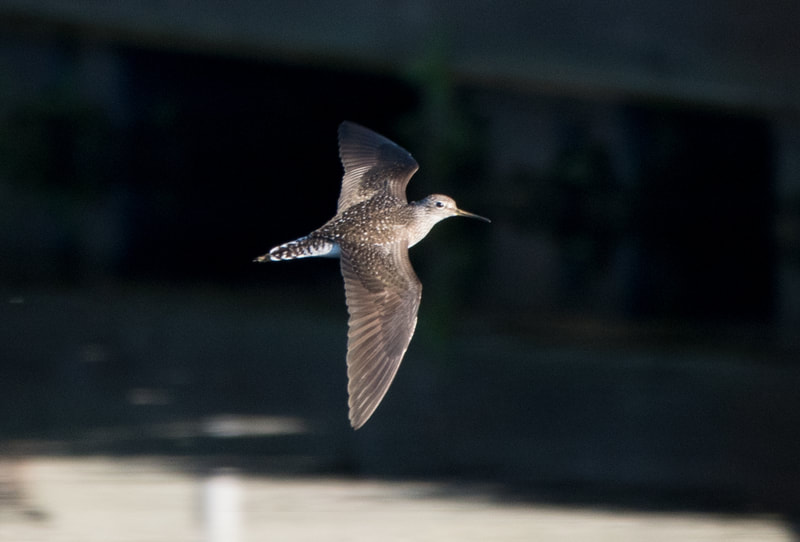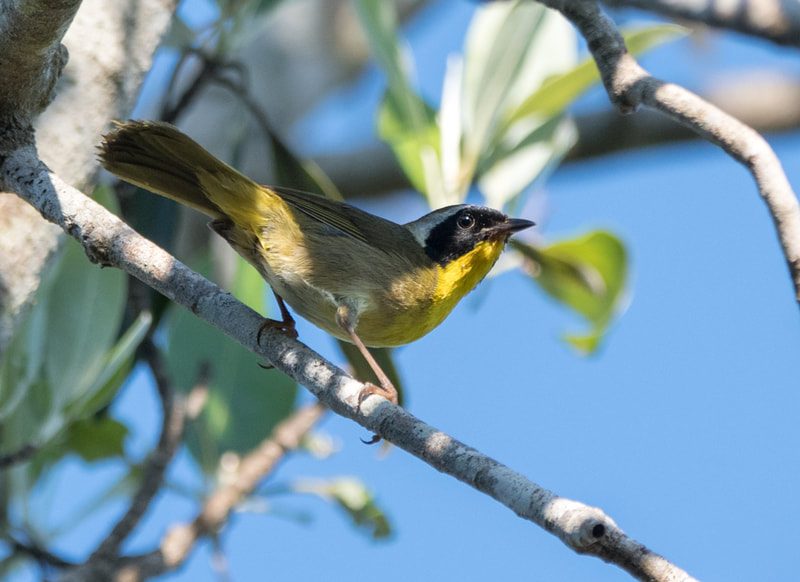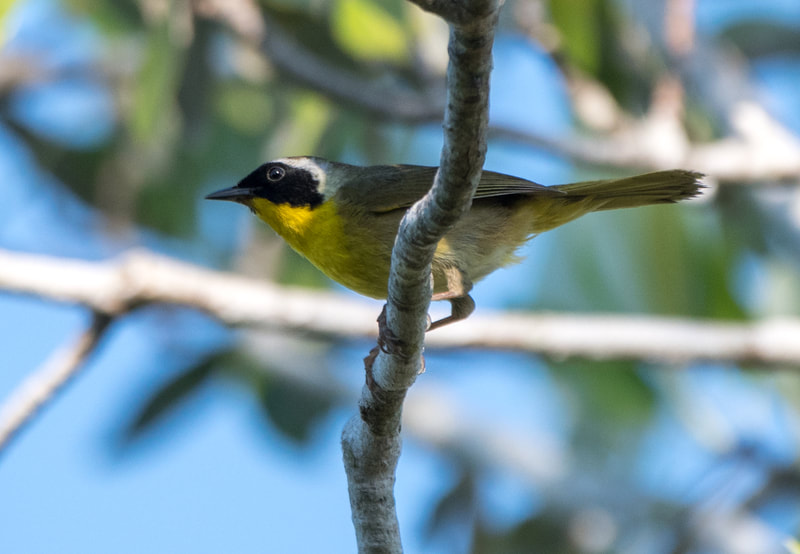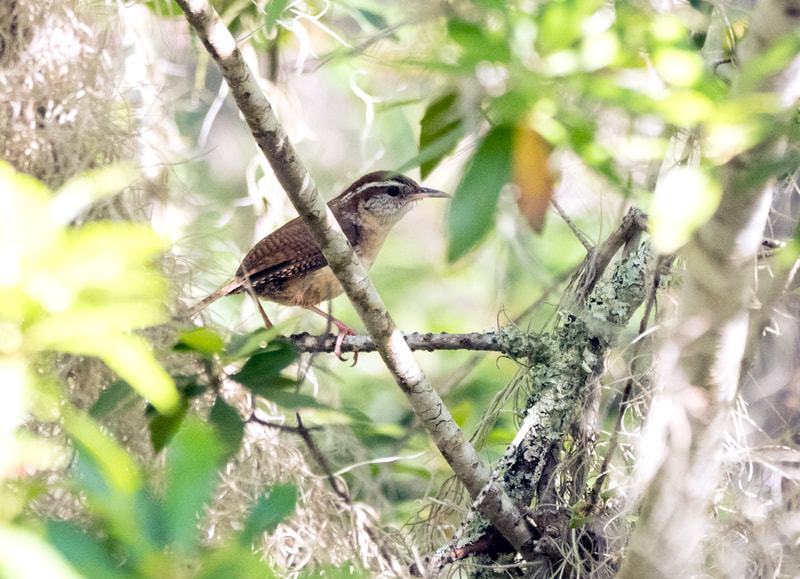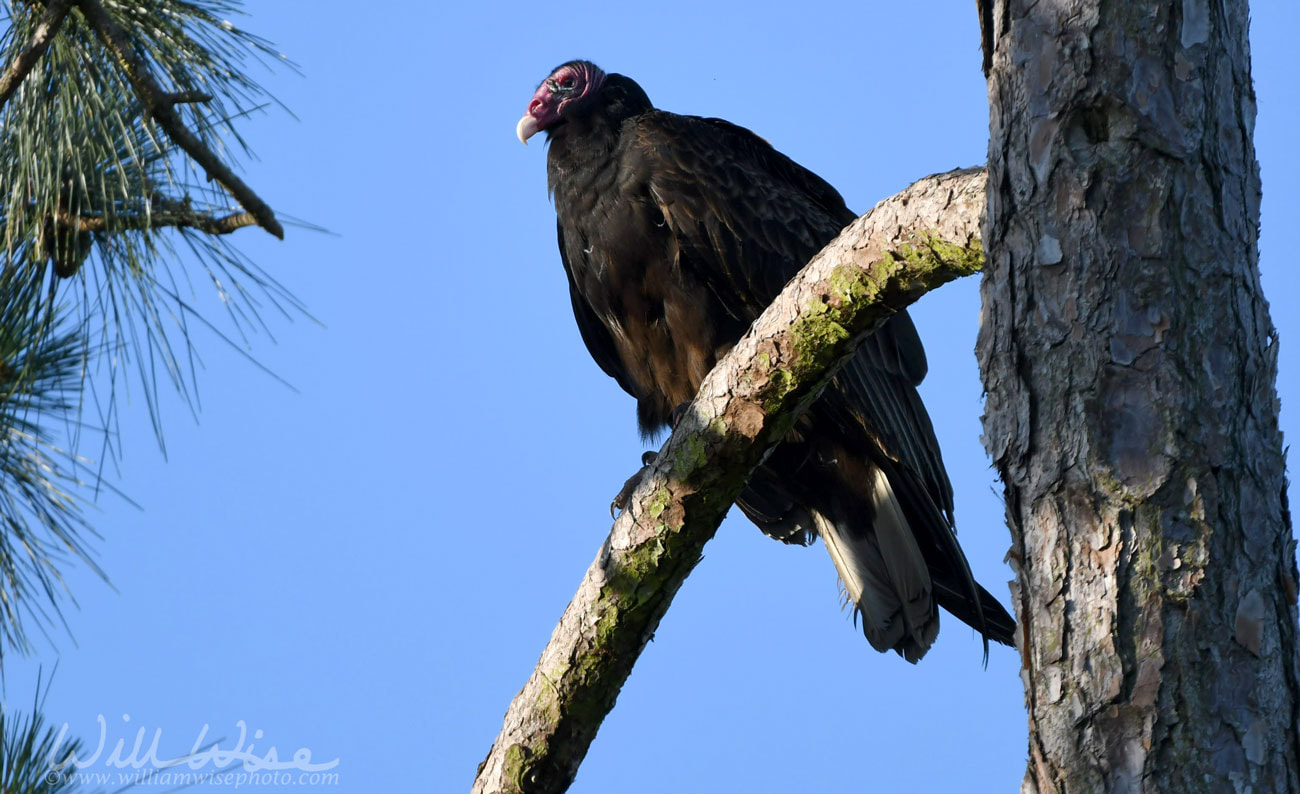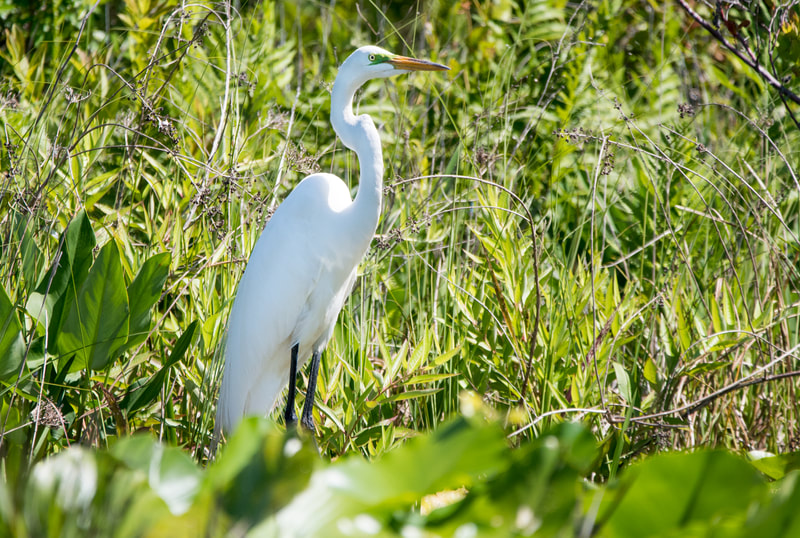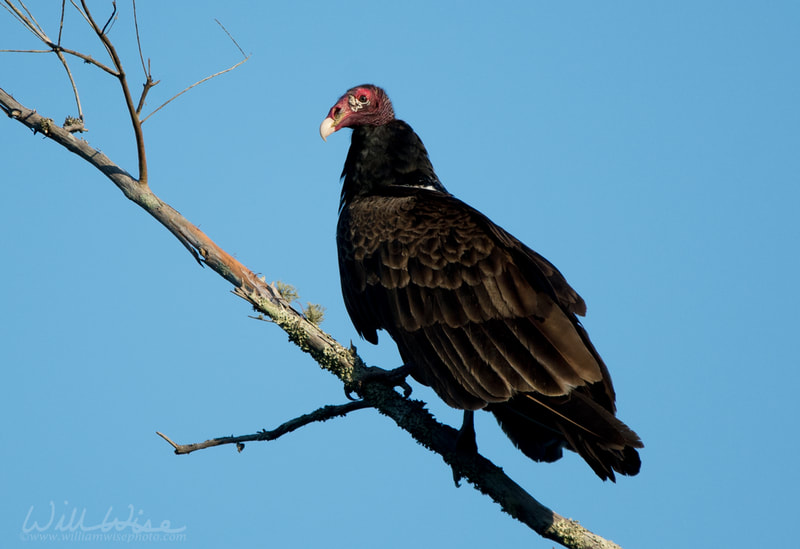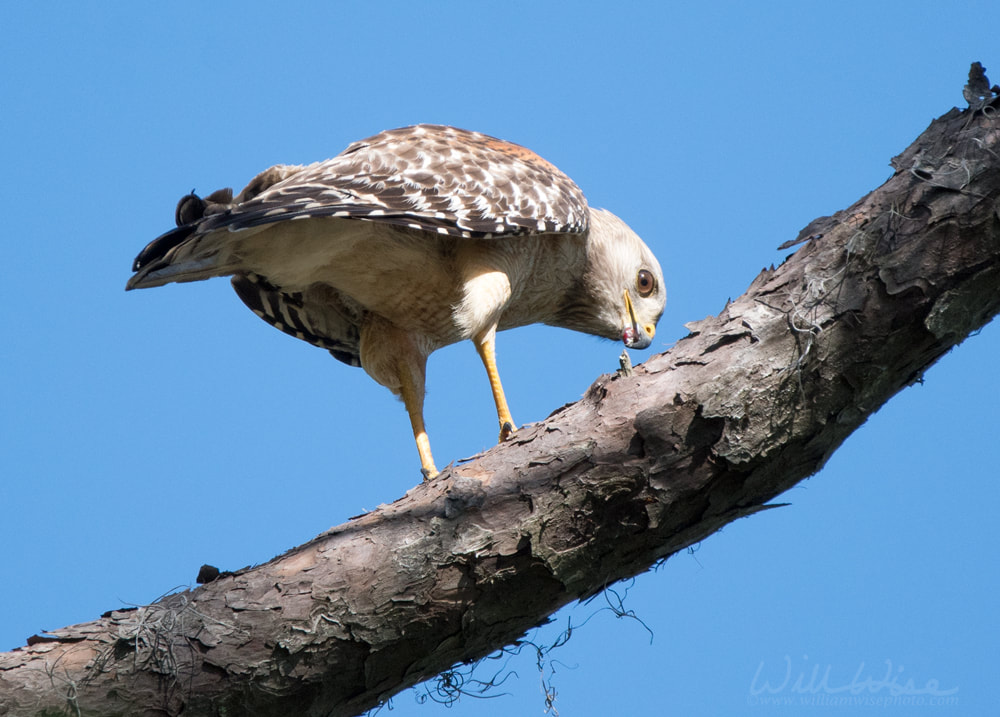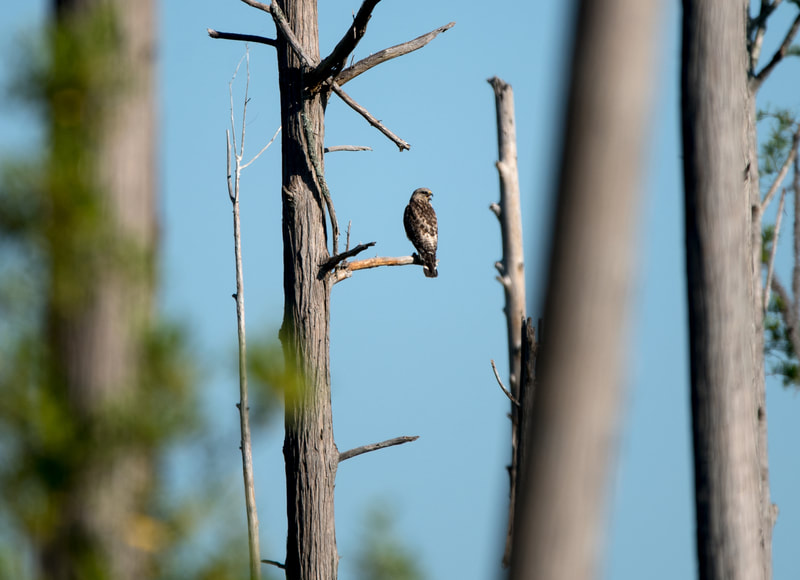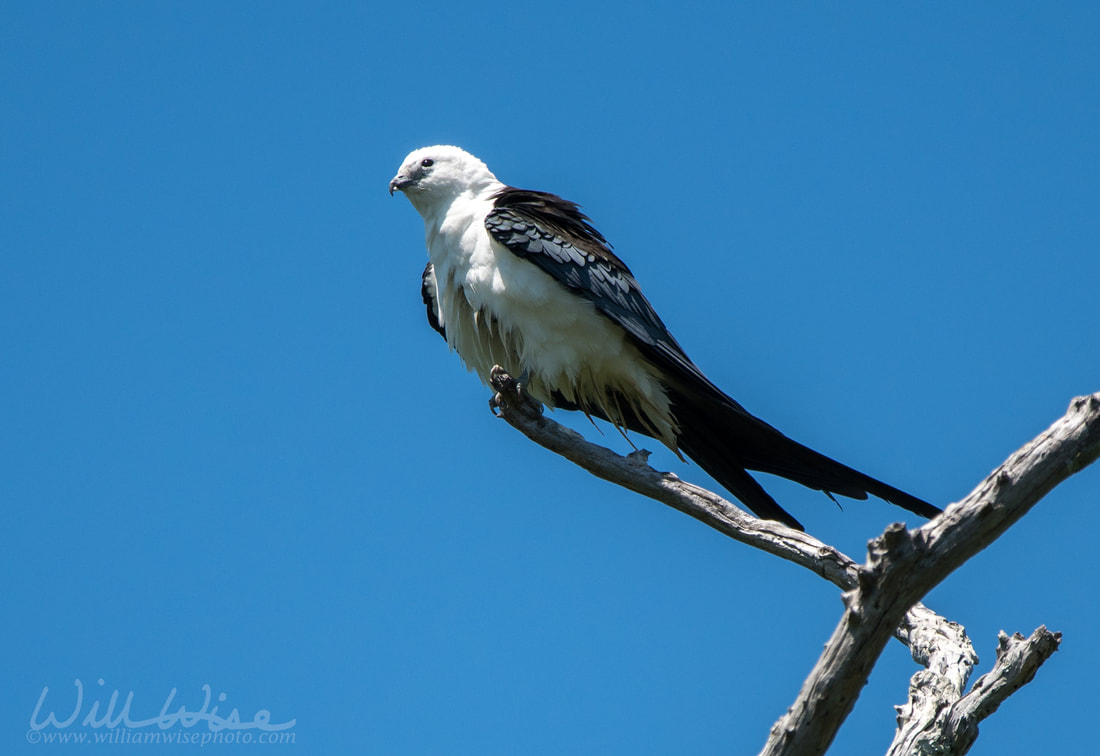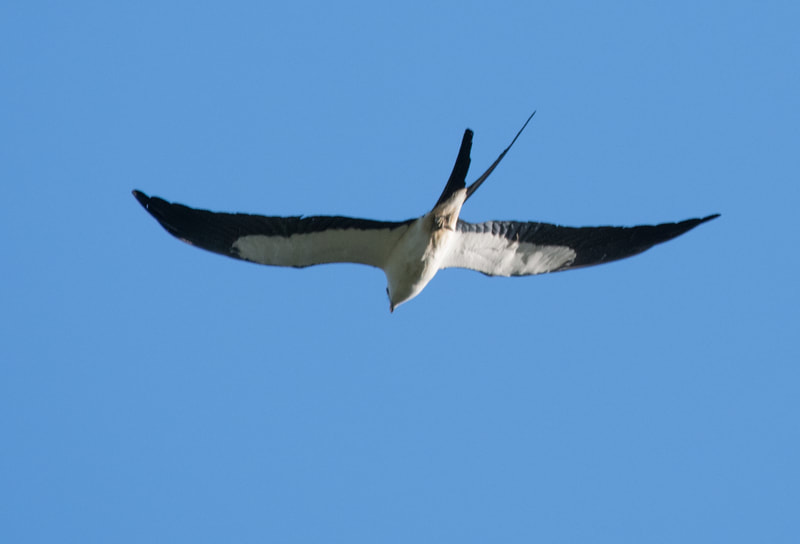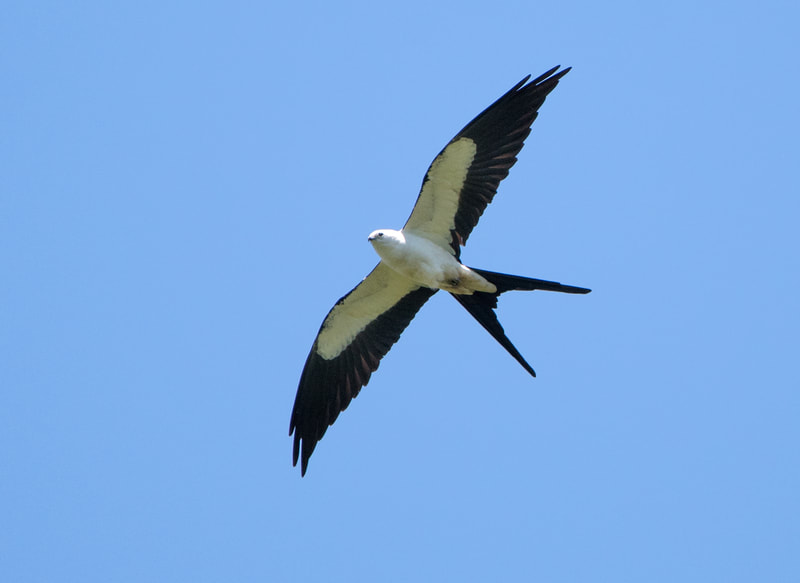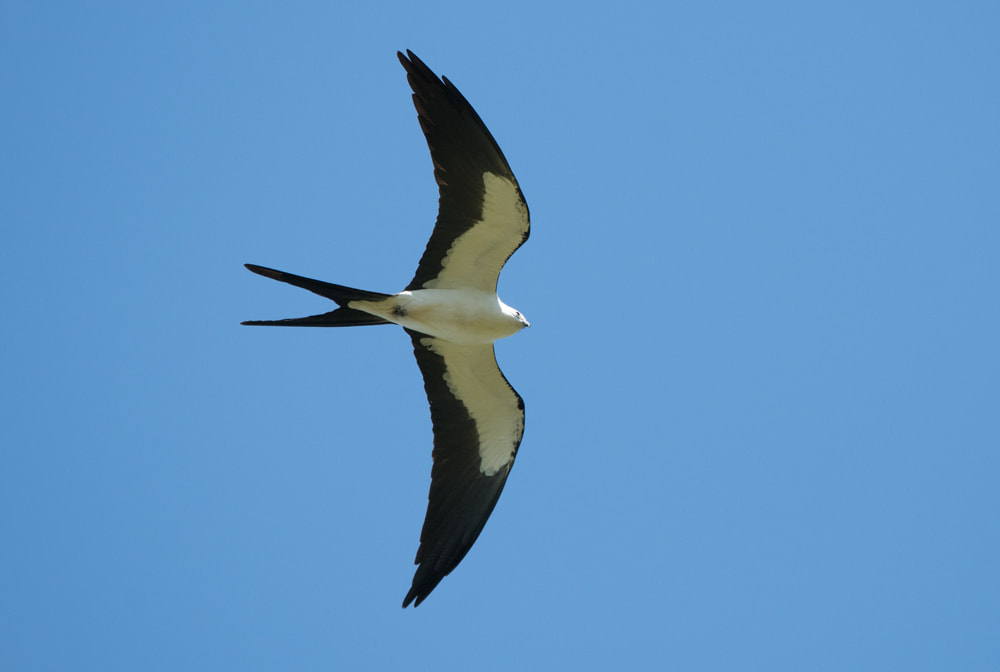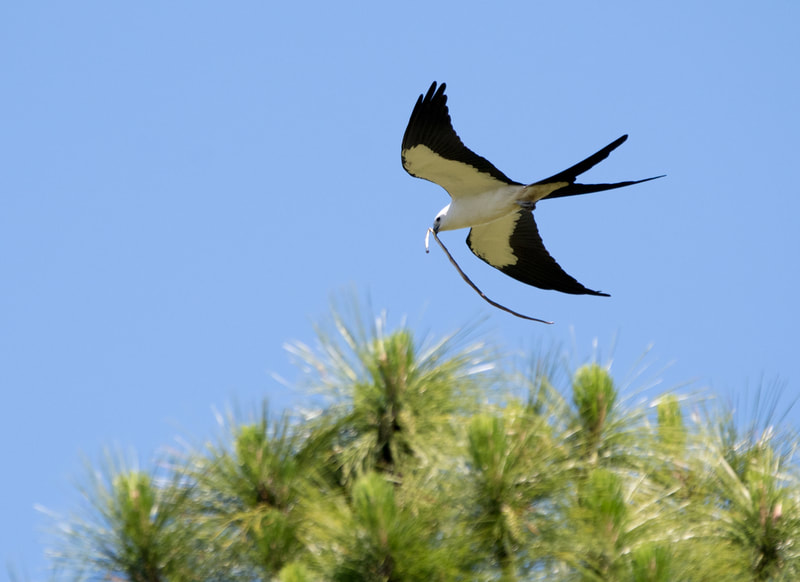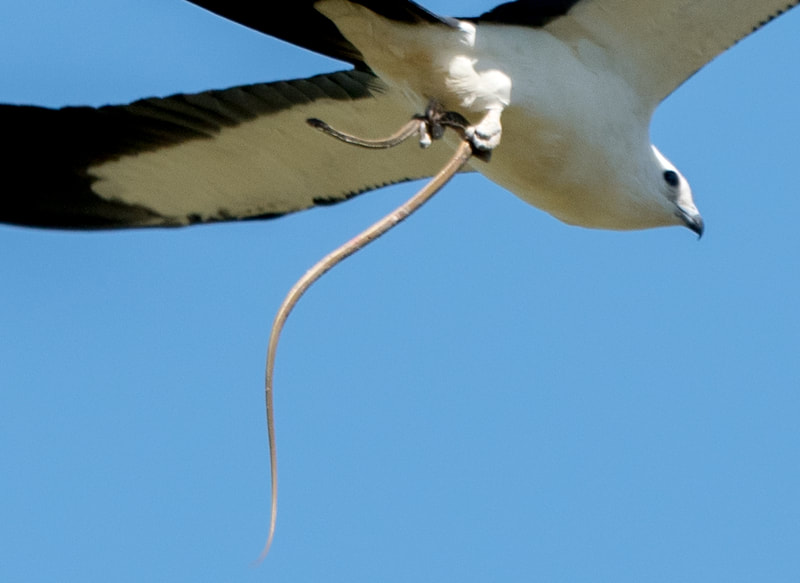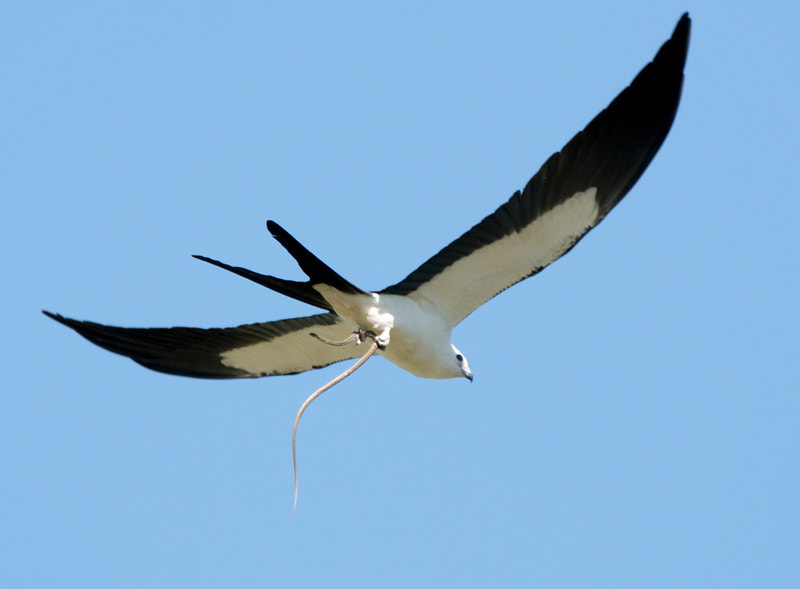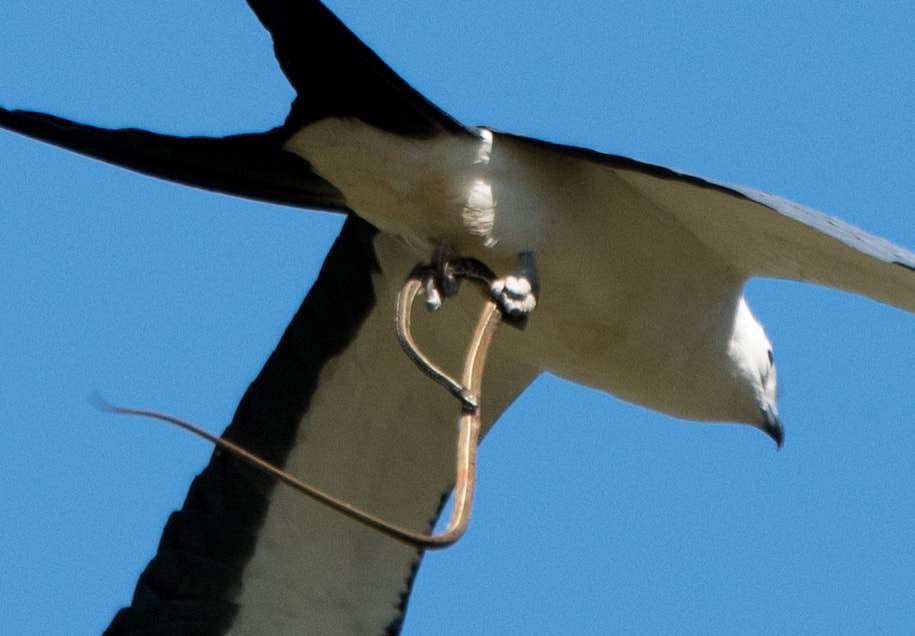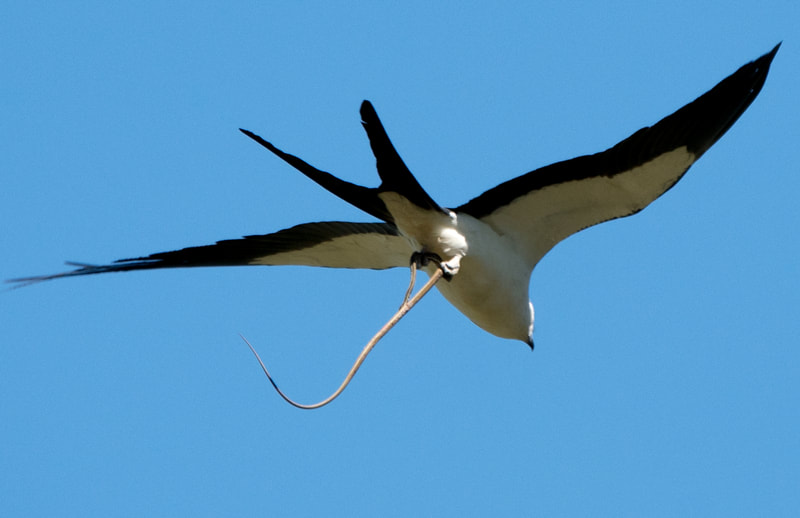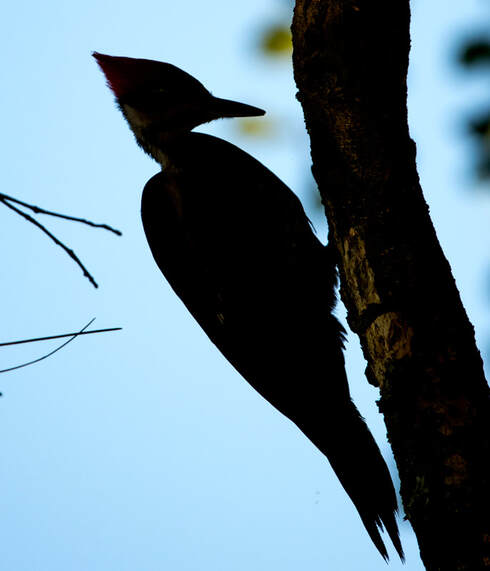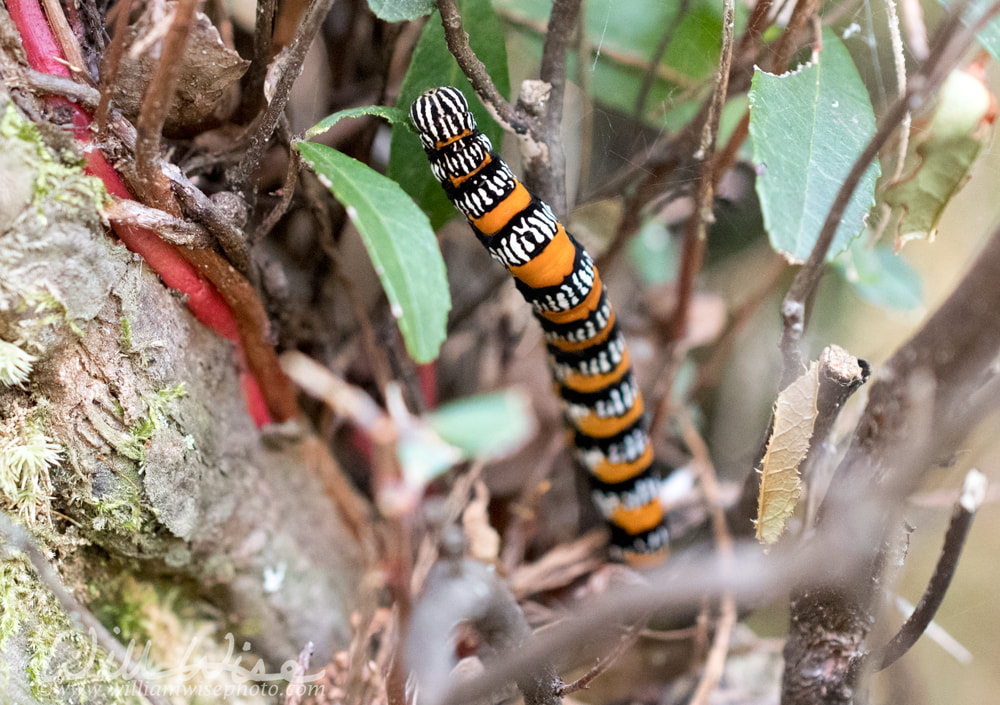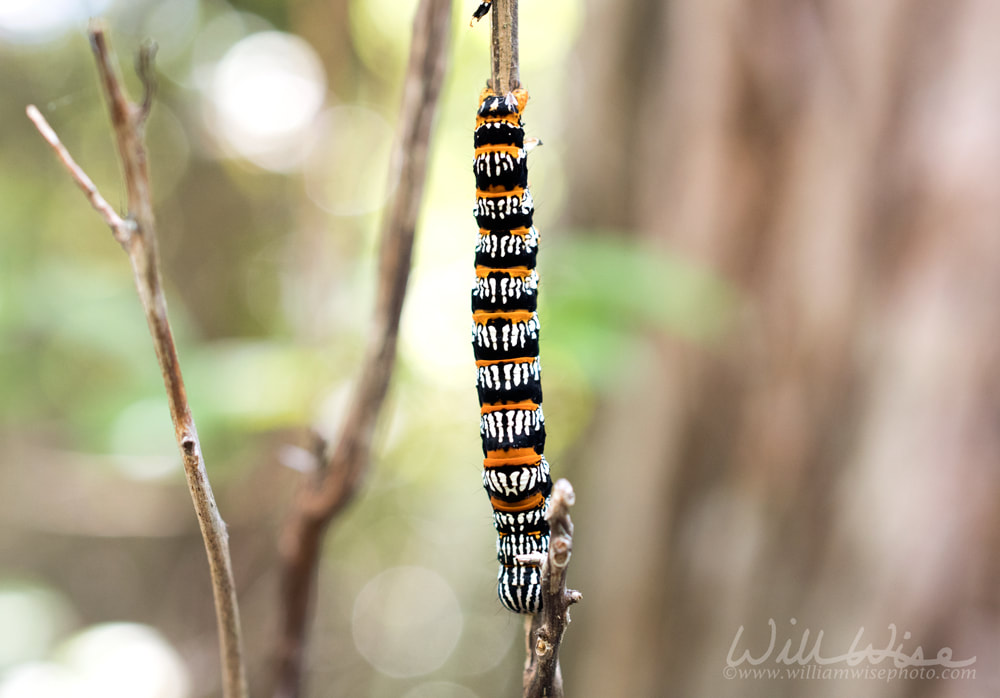
Rescue Furtography Blog is an animal shelter pet photography blog of dogs and cats photography for adoption at the animal control shelter.
"Sky" was a pretty spayed blue Pitbull dog that was surrendered to the animal shelter on May 27, 2020. Her owner was being deployed by the military and couldn't take her along. She was adopted by a wonderful family the following day before I had a chance to even edit and post her glamour photos and video!
0 Comments
 William Wise Photo Nature Notes is a wildlife, birding and nature photography blog documenting the beauty, design and wonder of God’s creation. -- "What a wildly wonderful world, God! You made it all, with Wisdom at Your side, made earth overflow with your wonderful creations." Psalms 104 The Message Whenever I have a short break at work (Walton County), or some spare time to sit on my back patio (Clarke County), I always enjoy just watching, or photographing the visitors. It does wonders for the blood pressure and calms the nerves! 
William Wise Photo Nature Notes is a wildlife, birding and nature photography blog documenting the beauty, design and wonder of God’s creation. -- "What a wildly wonderful world, God! You made it all, with Wisdom at Your side, made earth overflow with your wonderful creations." Psalms 104 The Message
This feisty young ratsnake was taken out of a garage in Walton County, Georgia on an animal control call. Watch the video blooper at the end as he strikes at my face and hits my nose!
I want to thank Lee's Birdwatching Adventures for guest posting this blog! Lee's website is about birding from a Christian perspective and has years of articles and content from Lee and other creationists and birders.  William Wise's Creation Speaks is a Biblical teaching ministry that uses nature writing and photography to glorify our Creator and teach the truth of creation. -- “But ask the animals, and they will teach you, or the birds in the sky, and they will tell you; or speak to the earth, and it will teach you, or let the fish in the sea inform you. Which of all these does not know that the hand of the Lord has done this?" Job 12:7-9 Birdwatching. Birding. Ornithology. In most minds, those three terms conjure differing depths of avian appreciation. Bird enthusiasm ranges from the simple enjoyment of backyard birds, to submerging in state lists and big years, and even deeper into the intellectual fathoms of anatomy and natural history. The books upon the shelf range from Your Backyard Feeder to Latin Terms for Taxonomists. In the same manner, the Bible is book of unending fathomage. From inspiring daily devotionals, to word studies and commentaries, and into the depths of theology, the Sacred Writ can be enjoyed and experienced on so many different levels. But is one level of devotee better than another? Is the ornithologist more serious or dedicated than a birder? Is the theologian more important than the lay congregant? Are we only dipping in our toes when we should be swimming deeper? Are we drowning in the depths and neglecting the satisfaction of the shallows? In reality, one can be all things, or be what one desires! In his chapter of Good Birders Still Don’t Wear White, David A. La Puma writes, “Find out what you love about birds and dive in; the pool of knowledge is deep and rich and full of others happy to help you along the way.” An ornithologist can still enjoy birdwatching just as a theologian should still delight in daily devotionals. Our Christian life and experience, just like birding, should enjoy the shallows, wade into the depths, dive the deep ocean trenches, and swim back again. Just as you would enjoy cardinals and chickadees at your backyard feeder, or decide to tackle identifying the gulls, sparrows and peeps, enjoy your yearly reading plan through the New Testament and Psalms, and simultaneously sound the depths of Biblical wisdom and application. Find out what you love about the Word of God in this season of life and dive in. The only wrong thing to do is to completely dry up!

William Wise Photo Nature Notes is a wildlife, birding and nature photography blog documenting the beauty, design and wonder of God’s creation. -- "What a wildly wonderful world, God! You made it all, with Wisdom at Your side, made earth overflow with your wonderful creations." Psalms 104 The Message
An animal control co-worker texted me after hours and said, “I’ve got one for you!” Along with that text came a photo of a nice sized Timber Rattlesnake in a five-gallon bucket. The dark, v-shaped chevron patterns ran in regular intervals down his body while an orangish stripe ran along his spine, head to (almost) tail. And at the end of his black-tipped tail were six rattles.
He was picked up on a rural farm property in Walton County, not too far from a recent clear-cut of several hundred acres. No doubt the logging activity drove him out towards human habitations. After some photography and a short video, for which it put on a nice show, I released him in a forested area not too far from where he was originally picked up. 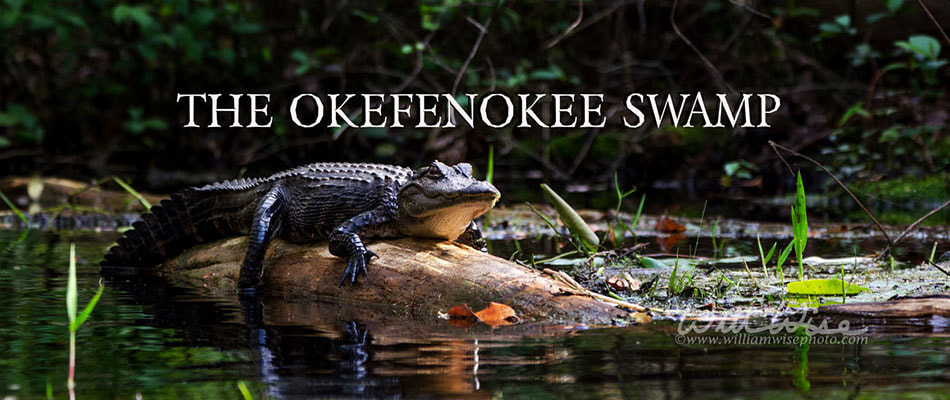 Okefenokee Photography by William Wise. A nature photo journal exploration of Georgia's Okefenokee Swamp, the Land of Trembling Earth, one of the largest blackwater swamps in North America. The alligators, birds, snakes and wildlife of Okefenokee National Wildlife Refuge and Stephen C Foster State Park. -- "What a wildly wonderful world, God! You made it all, with Wisdom at Your side, made earth overflow with your wonderful creations." Psalms 104 The Message Multiple trips to the Okefenokee and I hadn’t seen a Pitcher Plant since 1997. So on this May 2020 trip I was going to find and photograph that signature swamp Sarracenia! From what I had read, some of the largest Hooded Pitchers – up to three or four feet – grow in the Okefenokee Swamp. Pitcher Plants are native to North America and found along the coastal plain from North Carolina down into Florida. After three days of paddling and exploring the trails around the Stephen C Foster campground, I finally broke down and had to ask park staff*. “On the way out of the campground, about a quarter mile on the left, just under the 25 MPH sign I flagged off a small patch so the mowers wouldn’t hit them.” And sure enough, there they were! Perhaps I was imagining a more secluded and swamp-like scene to find these carnivorous vegetables, but a roadside ditch will do! *Thanks Ranger Alex for the tip in finding some! See his video on carnivorous plants here https://www.facebook.com/StephenCFosterStatePark/videos/1528119494030477/  Okefenokee Photography by William Wise. A nature photo journal exploration of Georgia's Okefenokee Swamp, the Land of Trembling Earth, one of the largest blackwater swamps in North America. The alligators, birds, snakes and wildlife of Okefenokee National Wildlife Refuge and Stephen C Foster State Park. -- "What a wildly wonderful world, God! You made it all, with Wisdom at Your side, made earth overflow with your wonderful creations." Psalms 104 The Message "Shall we analyze these beautiful plants, since they seem cheerfully to invite us? How greatly the flowers of the yellow Sarracenia represent a silken canopy, the yellow pendant petals are the curtains, and the hollow leaves are not unlike the cornucopia or Amaltheas horn, what a quantity of water a leaf is capable of containing, about a pint! taste of it--how cool and animating--limpid as the morning dew: see these short stiff hairs, they all point downwards, which direct the condensed vapours down into the funiculum; these stiff hairs also prevent the varieties of insects, which are caught, from returning, being invited down to sip the mellifluous exuvia, from the interior surface of the tube, where they inevitably perish; what quantities there are of them!" - Excerpt from William Bartram's Travels, Introduction William Bartram was a botantist, artist, and nature writer that explored the southeastern United States around the time of the American Revolution (1773-1776). He was a scientist, creationist and Christian that gave glory to the Author for all the wonderful works he observed and documented in his book, Travels Through North and South Carolina, Georgia, East and West Florida.  Okefenokee Photography by William Wise. A nature photo journal exploration of Georgia's Okefenokee Swamp, the Land of Trembling Earth, one of the largest blackwater swamps in North America. The alligators, birds, snakes and wildlife of Okefenokee National Wildlife Refuge and Stephen C Foster State Park. -- "What a wildly wonderful world, God! You made it all, with Wisdom at Your side, made earth overflow with your wonderful creations." Psalms 104 The Message An excerpt from A Florida Sketch-Book, by naturalist Bradford Torrey, written in 1895:
 Okefenokee Photography by William Wise. A nature photo journal exploration of Georgia's Okefenokee Swamp, the Land of Trembling Earth, one of the largest blackwater swamps in North America. The alligators, birds, snakes and wildlife of Okefenokee National Wildlife Refuge and Stephen C Foster State Park. -- "What a wildly wonderful world, God! You made it all, with Wisdom at Your side, made earth overflow with your wonderful creations." Psalms 104 The Message "THERE are several species of the lizard kind besides the alligator, which is by naturalist allowed to be a species of that genus. THE green lizard or little green chameleon is a pretty innocent creature; the largest I have seen were not more than seven inches in length; they appear commonly of a fine green colour, having a large red gill under their throat; they have the faculty of changing colour, which, notwithstanding the specious reasoning of physiologists, is a very surprising phenomenon. " - Excerpt from William Bartram's Travels, Part II, Chapter X William Bartram was a botantist, artist, and nature writer that explored the southeastern United States around the time of the American Revolution (1773-1776). He was a scientist, creationist and Christian that gave glory to the Author for all the wonderful works he observed and documented in his book, Travels Through North and South Carolina, Georgia, East and West Florida.  Okefenokee Photography by William Wise. A nature photo journal exploration of Georgia's Okefenokee Swamp, the Land of Trembling Earth, one of the largest blackwater swamps in North America. The alligators, birds, snakes and wildlife of Okefenokee National Wildlife Refuge and Stephen C Foster State Park. -- "What a wildly wonderful world, God! You made it all, with Wisdom at Your side, made earth overflow with your wonderful creations." Psalms 104 The Message "The evening was however, extremely pleasant, a brisk cool breeze sprang up, and the skies were perfectly serene, the stars twinkling with uncommon briliancy. I stretched myself along before my fire; having the river, my little harbour and the stern of my vessel in view, and now through fatigue and weariness I fell asleep, but this happy temporary release from cares and troubles I enjoyed but a few moments, when I was awakened and greatly surprised, by the terrifying screams of Owls in the deep swamps around me, and what encreased my extreme misery was the difficulty of geting quite awake, and yet hearing at the same time such screaming and shouting, which increased and spread every way for miles around, in dreadful peals vibrating through the dark extensive forests, meadows and lakes, I could not after this surprise recover the former peaceable state and tranquility of mind and repose, during the long night, and I believe it was happy for me that I was awakened, for at that moment the crocodile was dashing my canoe against roots roots of the tree, endeavouring to get into her for the fish, which I however prevented." - Excerpt from William Bartram's Travels, Part II, Chapter V William Bartram was a botantist, artist, and nature writer that explored the southeastern United States around the time of the American Revolution (1773-1776). He was a scientist, creationist and Christian that gave glory to the Author for all the wonderful works he observed and documented in his book, Travels Through North and South Carolina, Georgia, East and West Florida.  Okefenokee Photography by William Wise. A nature photo journal exploration of Georgia's Okefenokee Swamp, the Land of Trembling Earth, one of the largest blackwater swamps in North America. The alligators, birds, snakes and wildlife of Okefenokee National Wildlife Refuge and Stephen C Foster State Park. -- "What a wildly wonderful world, God! You made it all, with Wisdom at Your side, made earth overflow with your wonderful creations." Psalms 104 The Message An online plant collection from the Okefenokee National Wildlife Refuge in Georgia. May 2-5, 2020. If you see any misidentified or unknown, let me know! 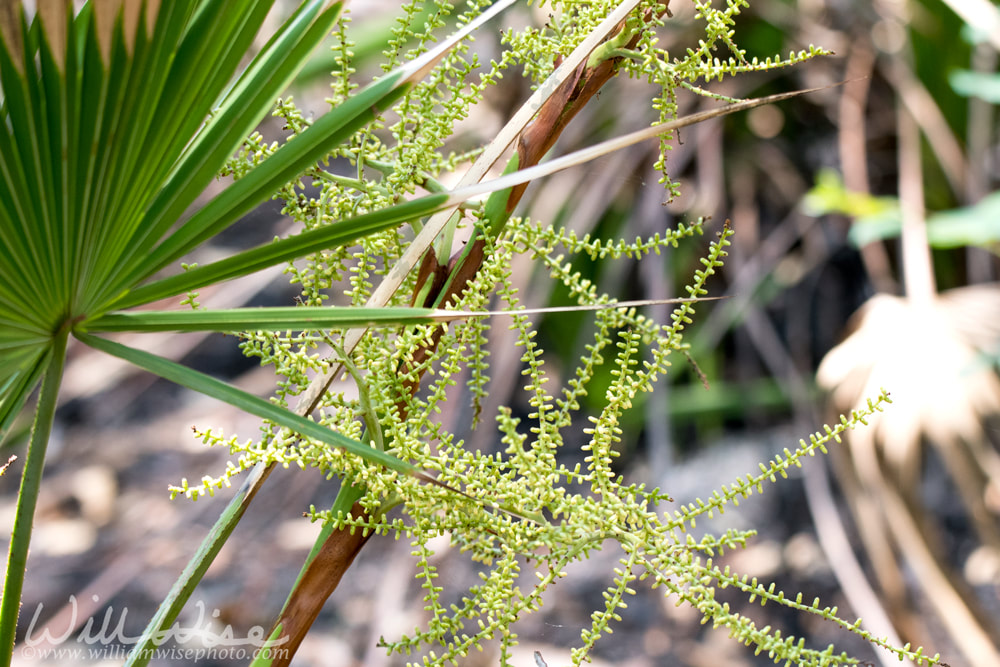 Saw Palmetto, Serenoa repens, flower panicles. Saw Palmetto grows densely in the upland pine areas and hammocks of the Okefenokee Swamp. It is endemic to the coastal plain of the southeastern United States. It has a reported medical use for treatment and prevention of prostate cancer. Photographed on Billy`s Island. Stephen C Foster State Park, Okefenokee Swamp National Wildlife Refuge in Georgia, USA. 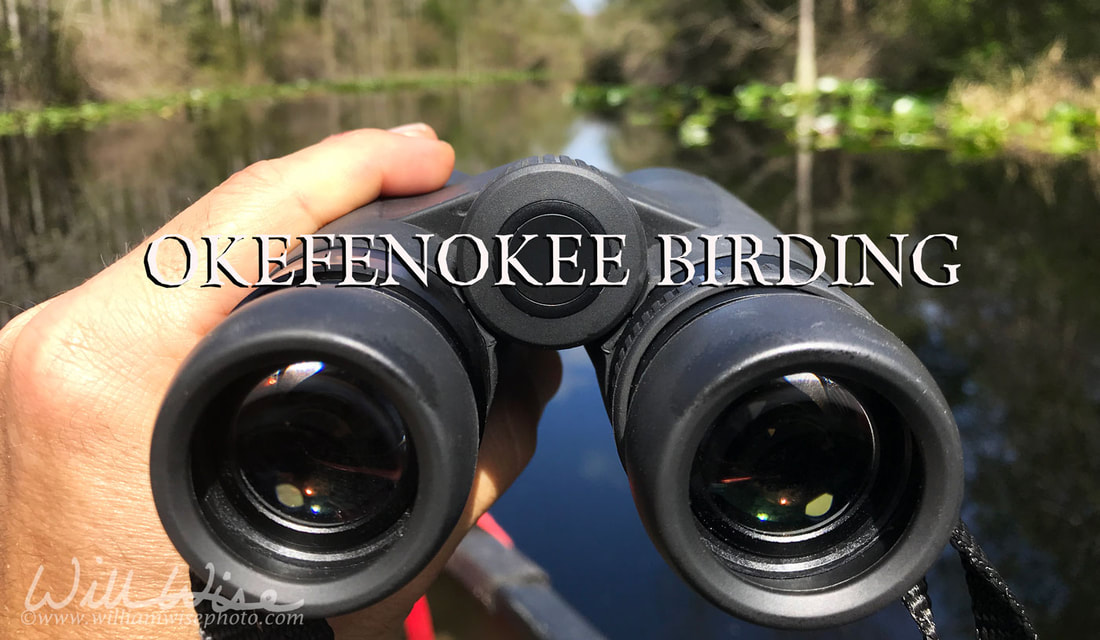 Okefenokee Photography by William Wise. A nature photo journal exploration of Georgia's Okefenokee Swamp, the Land of Trembling Earth, one of the largest blackwater swamps in North America. The alligators, birds, snakes and wildlife of Okefenokee National Wildlife Refuge and Stephen C Foster State Park. -- "What a wildly wonderful world, God! You made it all, with Wisdom at Your side, made earth overflow with your wonderful creations." Psalms 104 The Message Some random birding photographs from our May, 2020 trip to the Okefenokee National Wildlife Refuge in Georgia. Most were taken along the Trembling Earth Nature Trail and throughout the Stephen C Foster State Park.
 Okefenokee Photography by William Wise. A nature photo journal exploration of Georgia's Okefenokee Swamp, the Land of Trembling Earth, one of the largest blackwater swamps in North America. The alligators, birds, snakes and wildlife of Okefenokee National Wildlife Refuge and Stephen C Foster State Park. -- "What a wildly wonderful world, God! You made it all, with Wisdom at Your side, made earth overflow with your wonderful creations." Psalms 104 The Message I had the privilege of spotting more Swallow-tailed Kites on my May 2020 visit than we typically do in March each year. The first sighting was a quick soar over the Stephen C Foster State Park campground while we were livestreaming our church service because of the coronavirus shutdown. The second sighting was the following day paddling through the swamp. The next sighting gave me the opportunity of some perched shots. The kite was soaring low over Billy’s Lake and making repeated dives into the water. Eventually it took to a perch to preen and dry. I was impressed to see just how far the wing and tail feathers extended behind the bird.
The last series of photos was on our way out of the refuge on our last day. A pair were circling the skies, one with a snake in its claws. They kept circling near the crown of a tall pine. I suspect they were the parents of nestlings hidden somewhere in that tree, but had the sense to not land and mark out the location of the nest to us “intruders.”  Okefenokee Photography by William Wise. A nature photo journal exploration of Georgia's Okefenokee Swamp, the Land of Trembling Earth, one of the largest blackwater swamps in North America. The alligators, birds, snakes and wildlife of Okefenokee National Wildlife Refuge and Stephen C Foster State Park. -- "What a wildly wonderful world, God! You made it all, with Wisdom at Your side, made earth overflow with your wonderful creations." Psalms 104 The Message It has been eighty years since an Ivory-billed Woodpecker has been seen in the Okefenokee Swamp. With the extensive lumbering of old growth in the Okefenokee in the 1920’s, it became doubtful this beautiful bird would ever be seen again in the Swamp. Yet many have searched with hope in their hearts for another sighting of this large woodpecker. In the late 1800’s, the naturalist Bradford Torrey searched the swamps of Florida for the Ivory-bill. Much like the searches of the last eighty years, his search came up empty as he came upon "cypress woods disfigured by the doings of lumbermen.”
Torrey, Bradford. A Florida Sketch-Book. 1895. Lit2Go Edition. <https://etc.usf.edu/lit2go/130/a-florida-sketch-book/>. Chapter 10.  Okefenokee Photography by William Wise. A nature photo journal exploration of Georgia's Okefenokee Swamp, the Land of Trembling Earth, one of the largest blackwater swamps in North America. The alligators, birds, snakes and wildlife of Okefenokee National Wildlife Refuge and Stephen C Foster State Park. -- "What a wildly wonderful world, God! You made it all, with Wisdom at Your side, made earth overflow with your wonderful creations." Psalms 104 The Message How cool. I had no idea that the Okefenokee had its own moth! And I wasn’t even on the lookout for this little critter when I found it. My daughter and I were paddling north up the Suwannee Middle Fork (red trail) from Billy’s Lake. The run is usually quite wide, but at some points can require some careful steering around Cypress buttresses. On one of those maneuvers around the base of a cypress tree, I grabbed onto a stump to try to swing the canoe a bit so my daughter, sitting in the back, wouldn’t crash into the fetterbushes. As I held the stump, just a few feet from my face I caught a glint of orange, black and white. “Hmmmm. Cool looking caterpillar”, I thought to myself, but didn’t immediately stop the canoe. At the next tree, I saw a couple more and decided to switch to a macro lens and capture a few shots. There were about a dozen, maybe two, munching the leaves and tender vines. Upon returning home and posting most of my finds on iNaturalist and with some help from Ryan St Laurent (@rstlaurent) discovered this bright caterpillar was the Okefenokee Zale Moth, Zale perculta. I also discovered there really isn’t much information published on the internet about. I did learn that they are listed as “imperiled” because of their specialized diet and habitat in which they occur, but not “immediately imperiled” since the Okefenokee is protected as a National Wildlife Refuge. Thankfully, they are also found in a few other swamp habitats outside of the Okefenokee. Some sources: |
Categories
All
Archives
July 2025
|
|
All content is ©williamwisephoto.com. Please don't steal images. My images are available at dreamstime.com. Stock sales go into the shelter photography program.
|
In December 1993 I came to know the Designer and Creator of this wonderful planet and its creatures: Jesus Christ.
|
Donations help support the animal shelter adoption photography equipment and adoption website hosting and domain fees. Thanks for your support!
|

